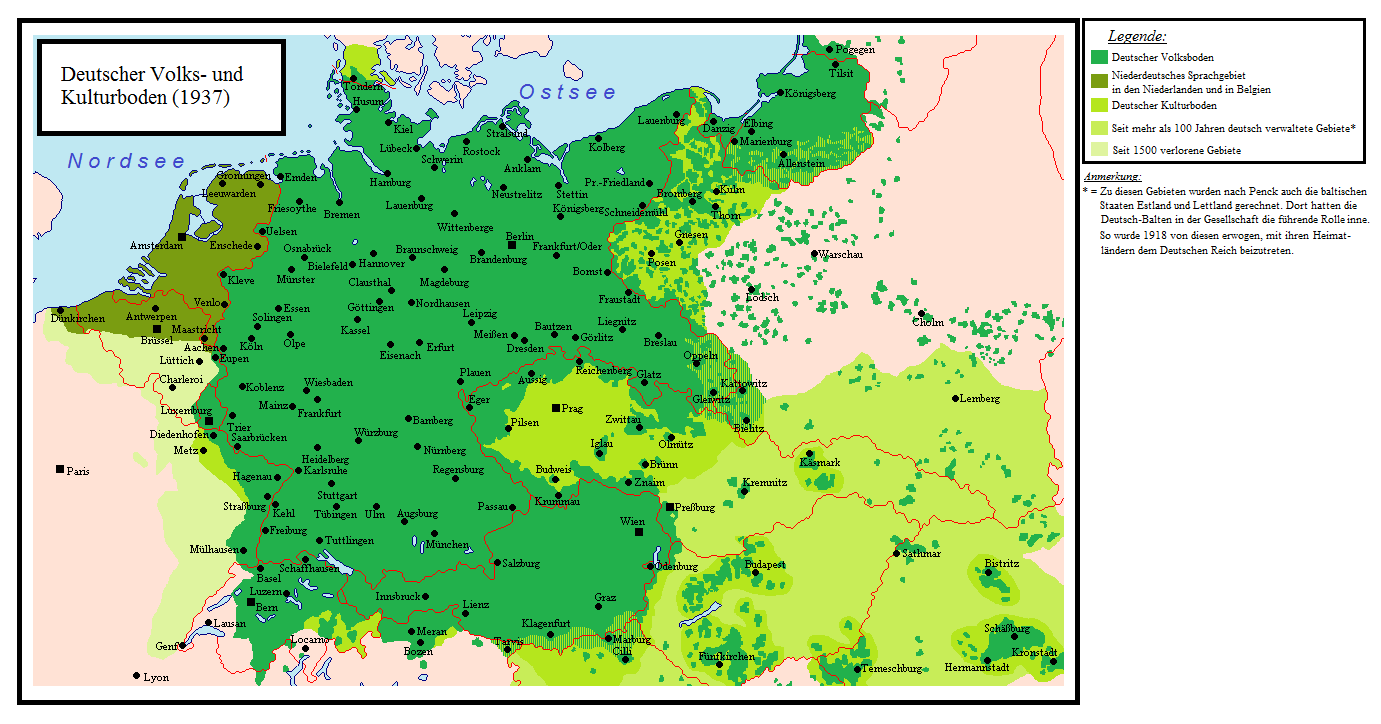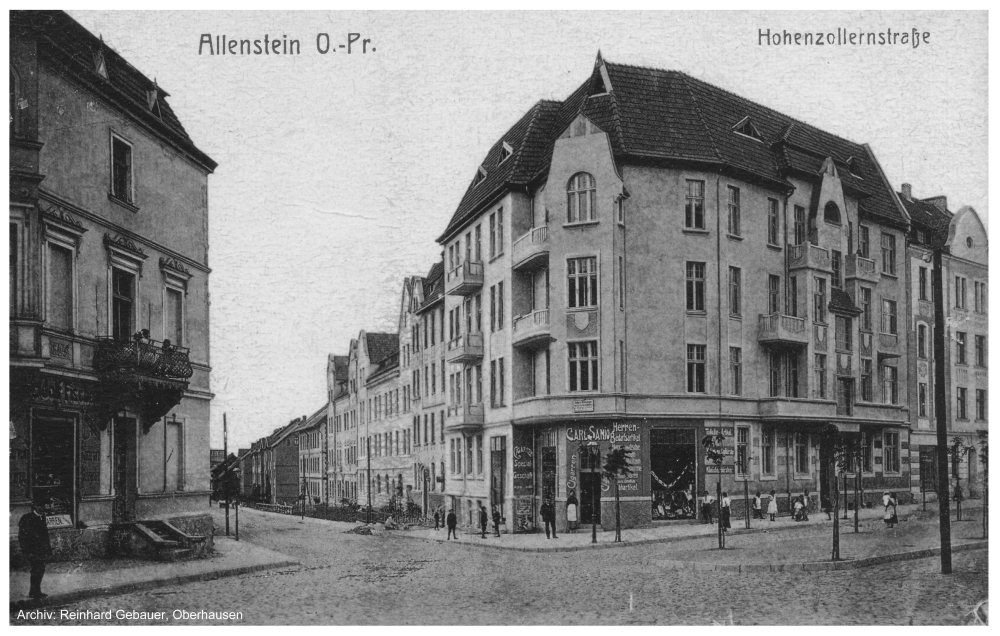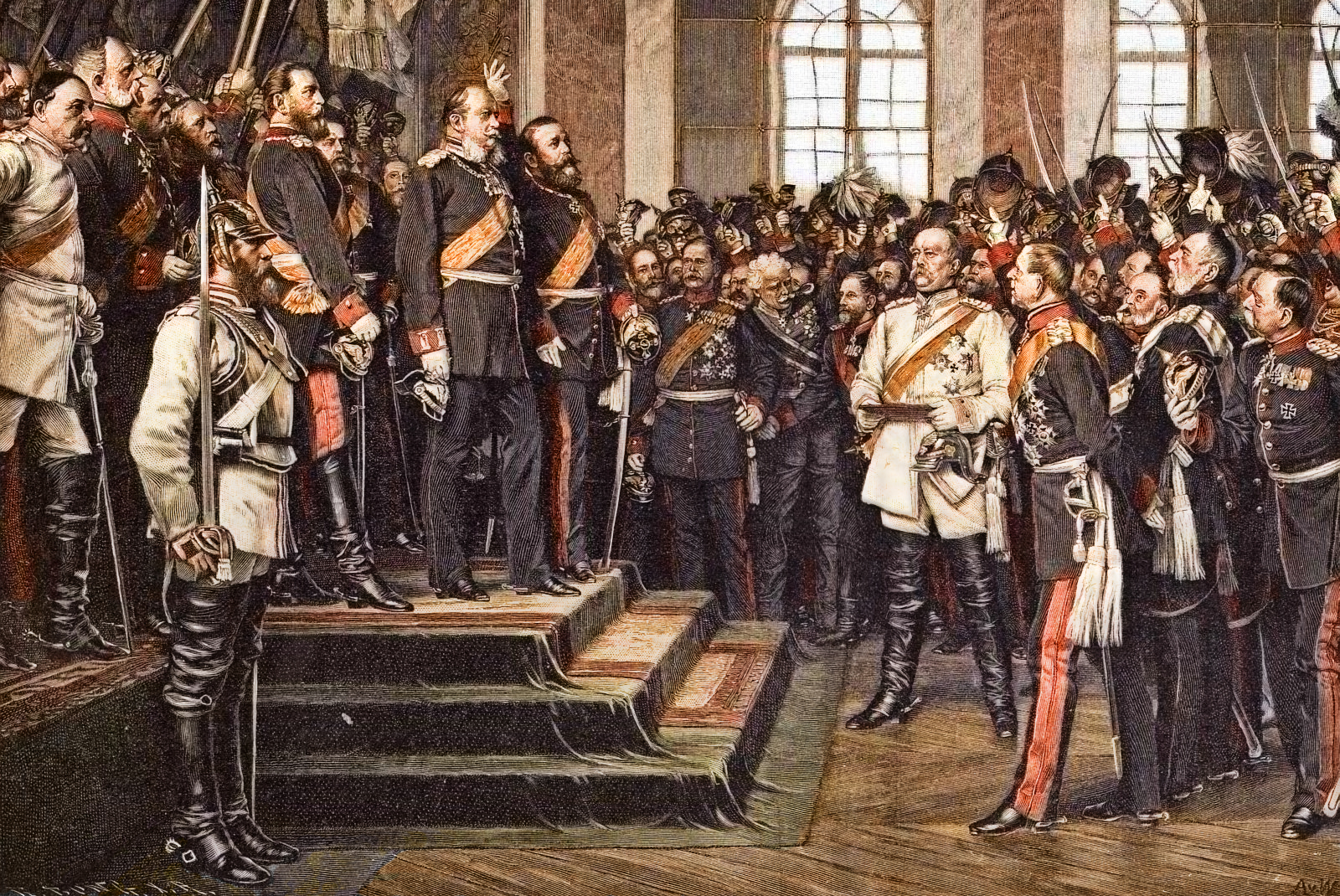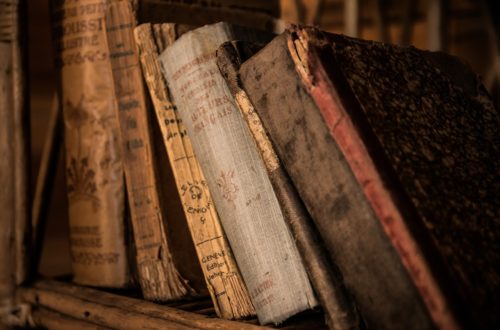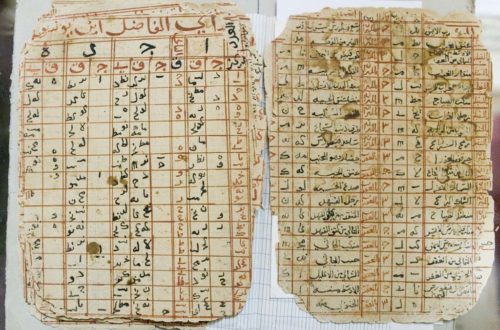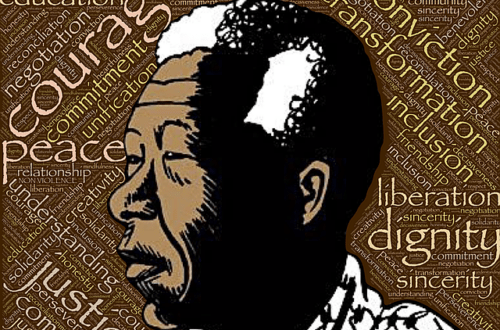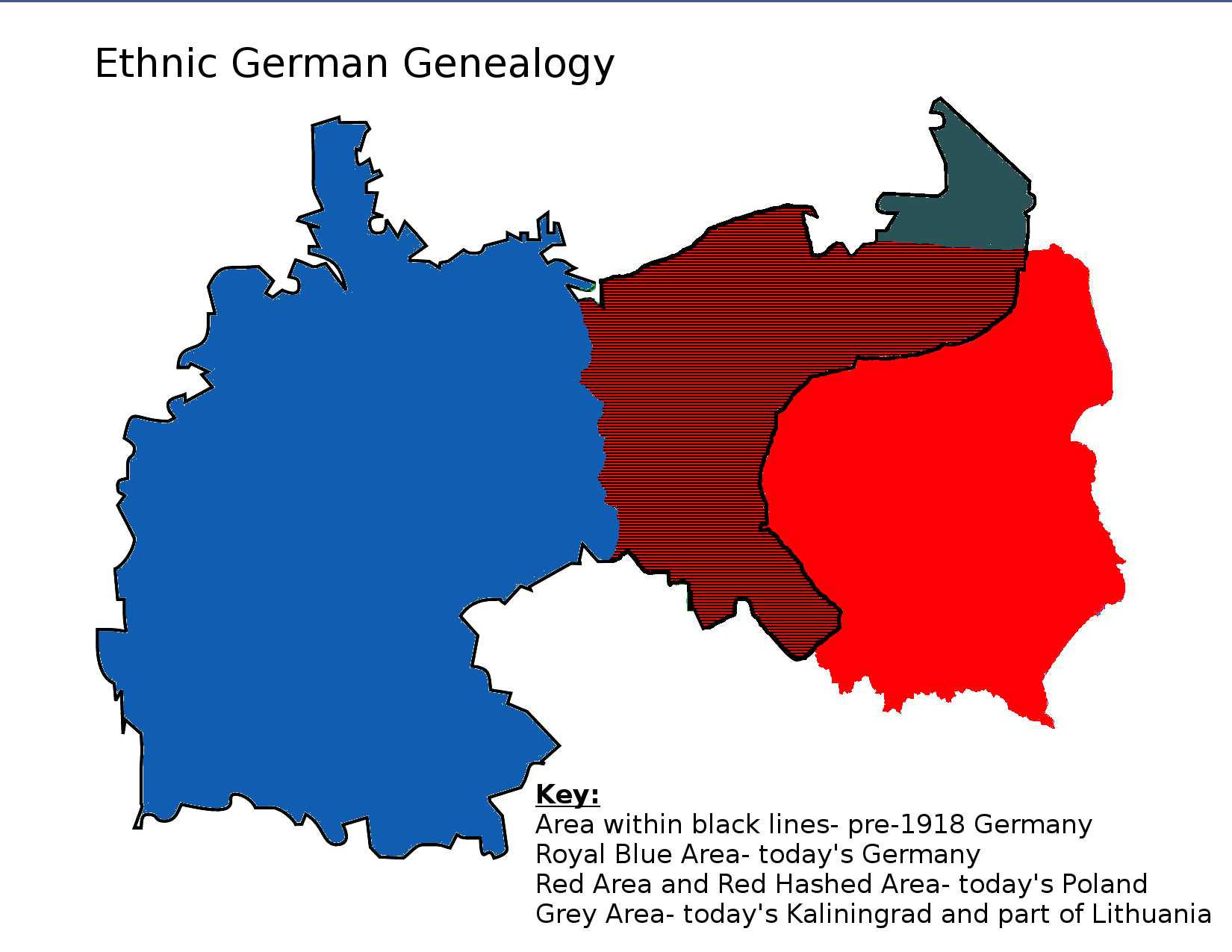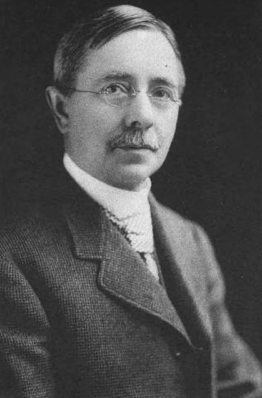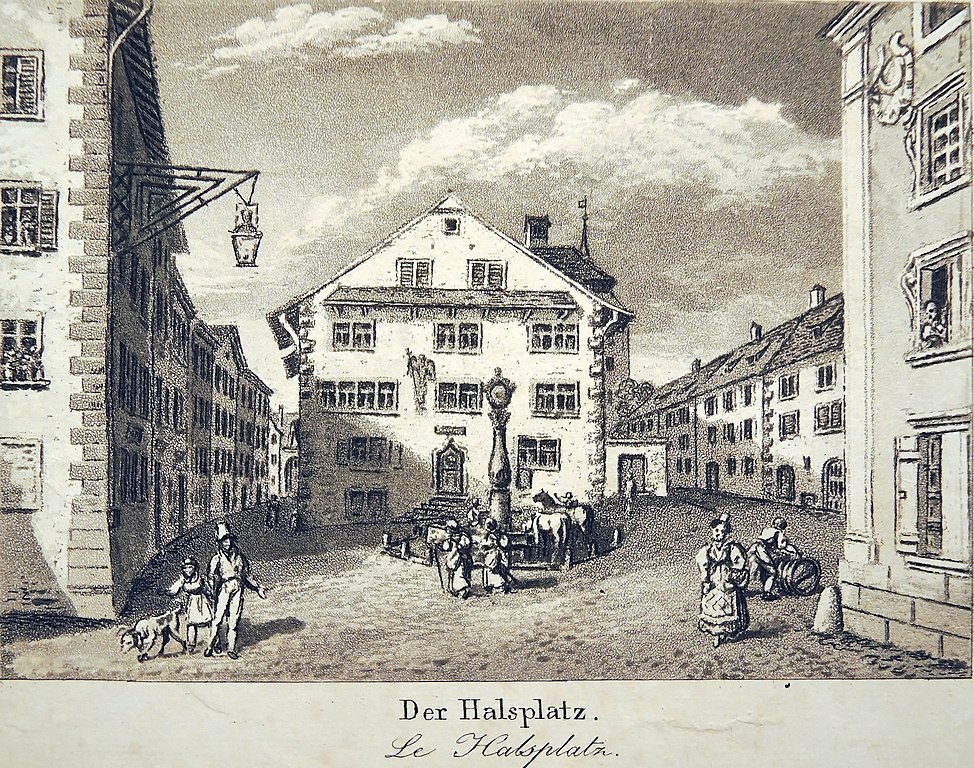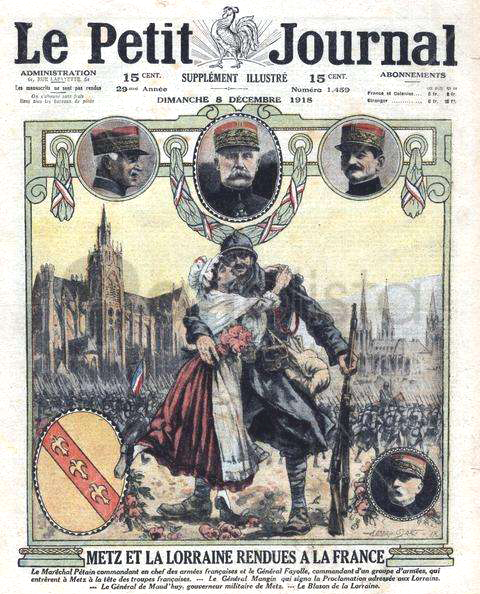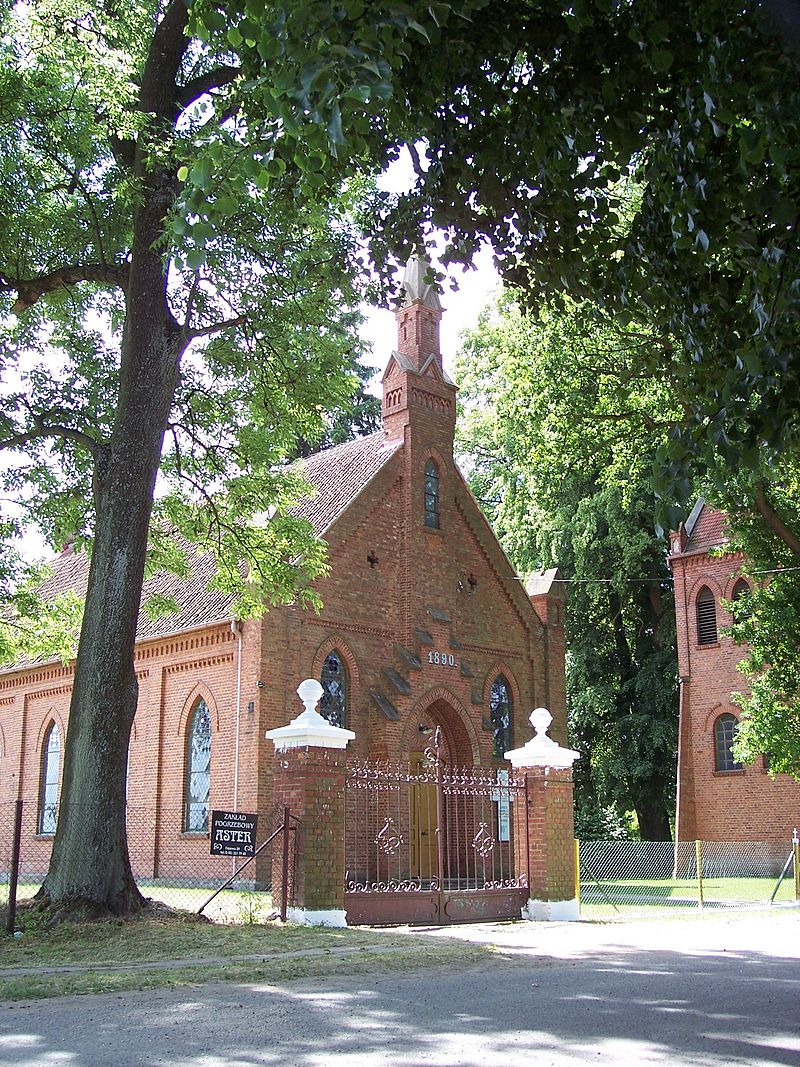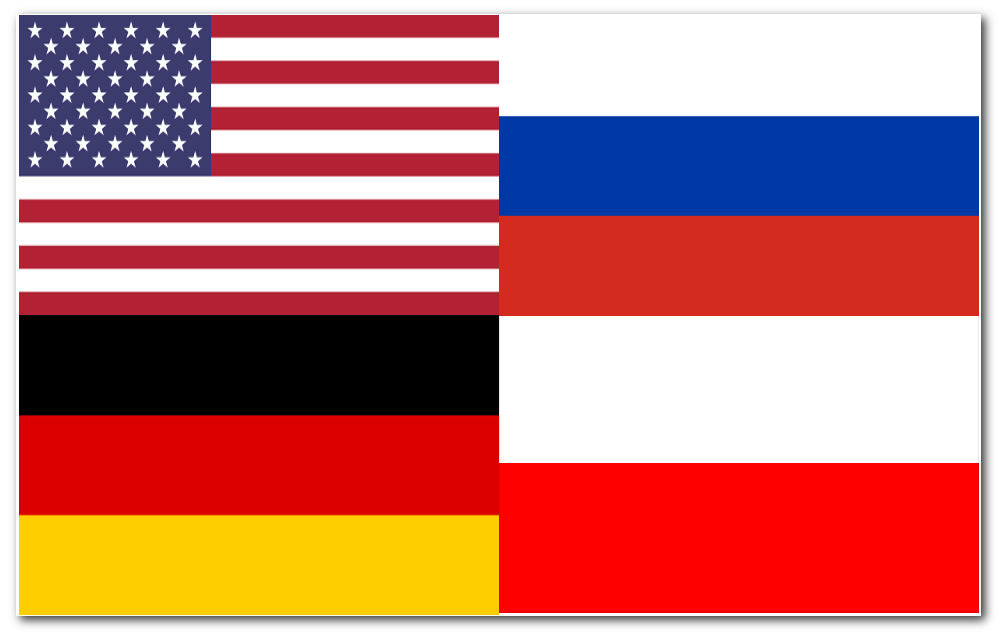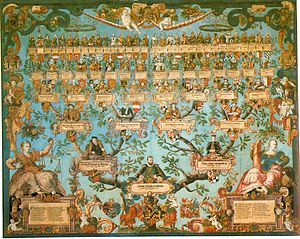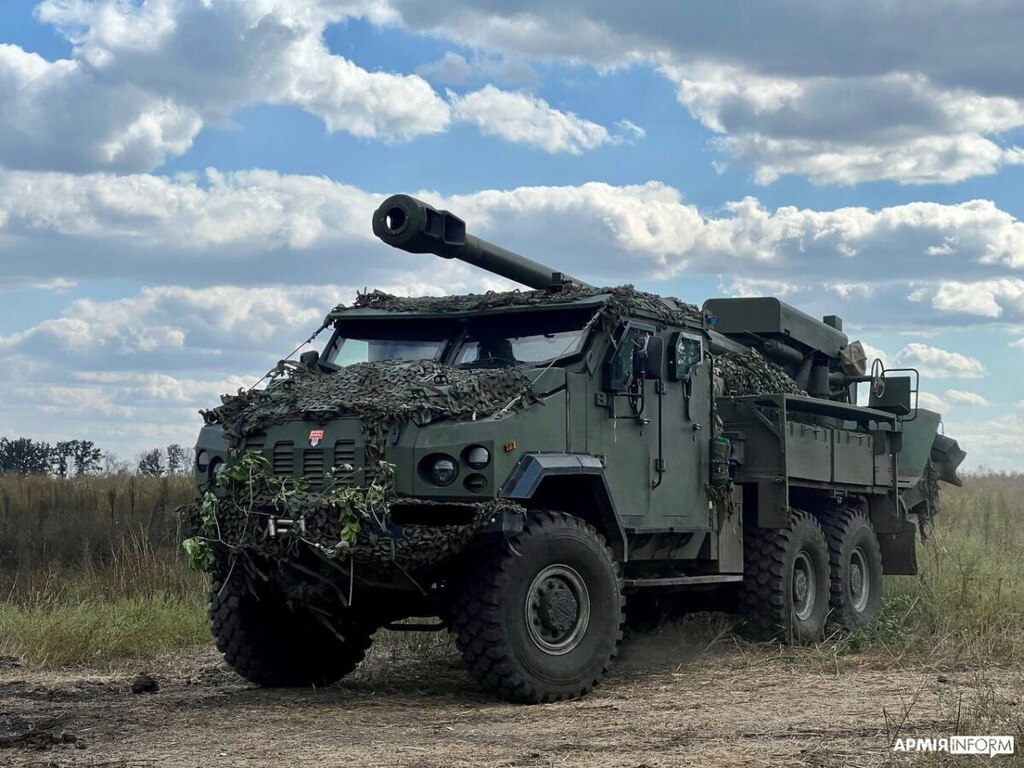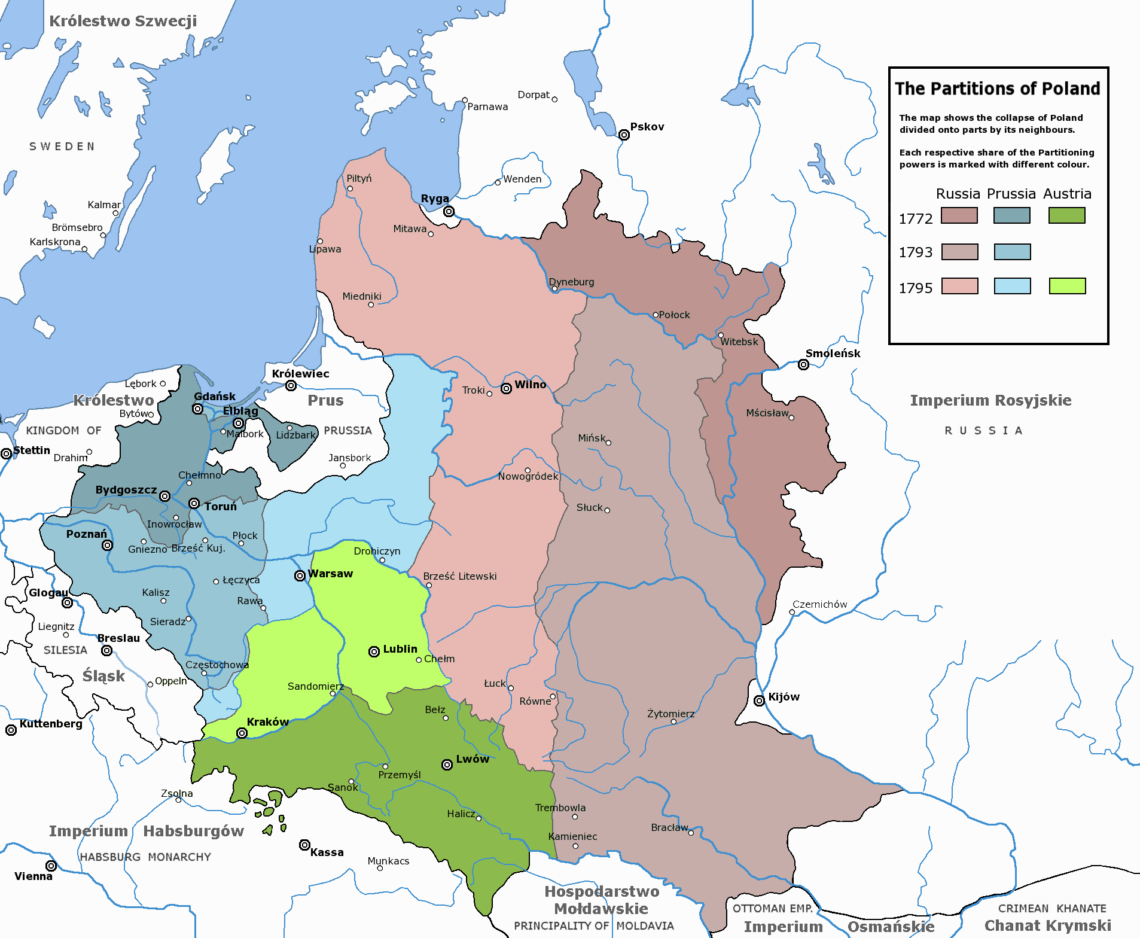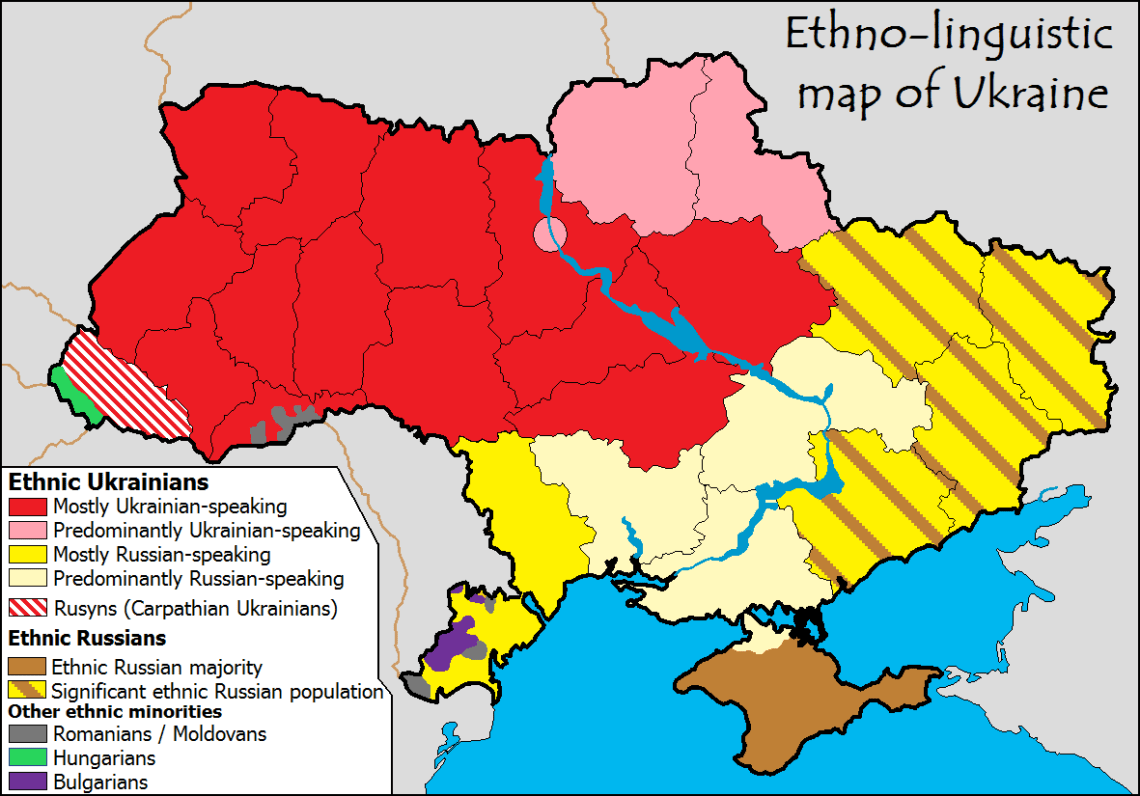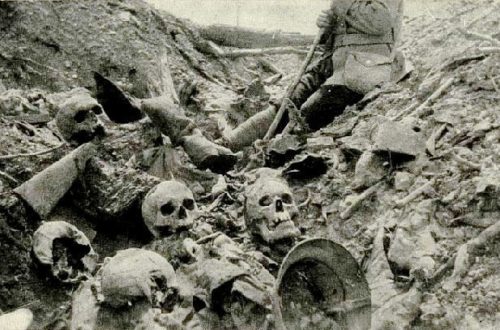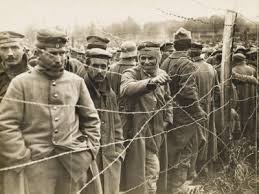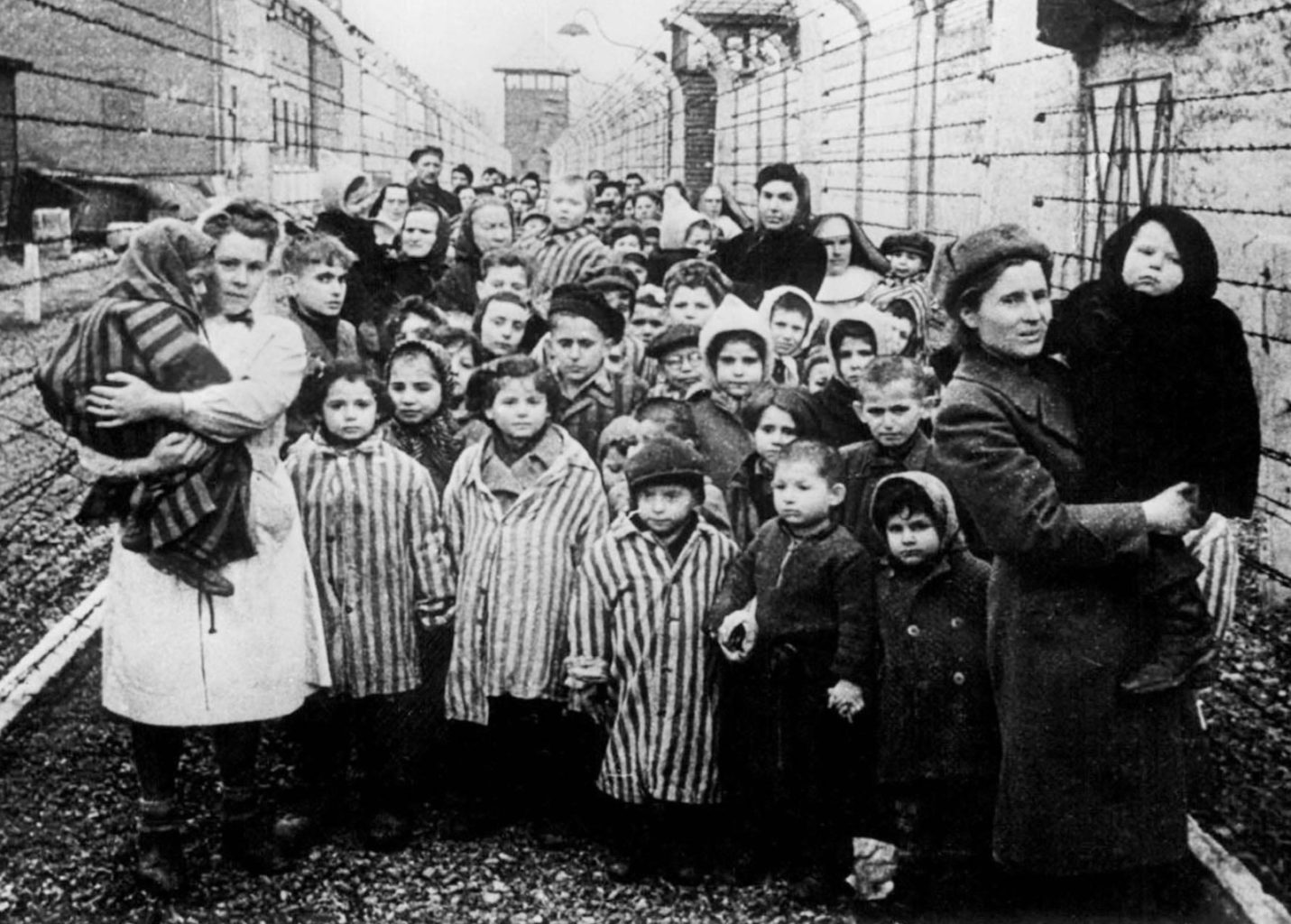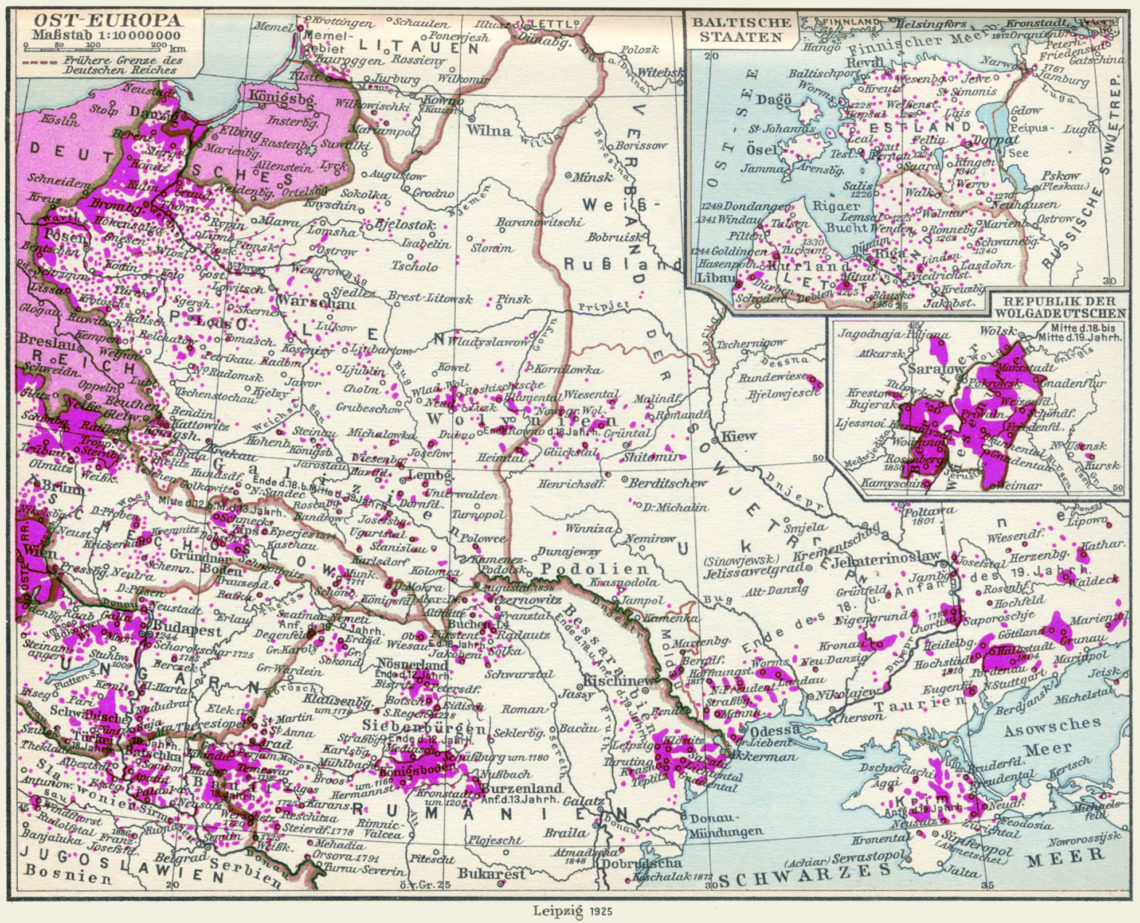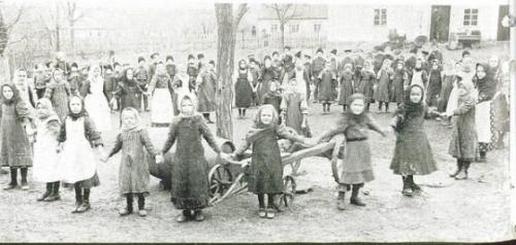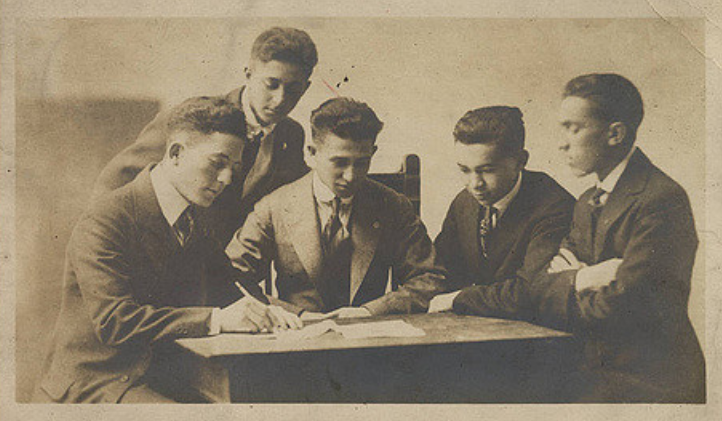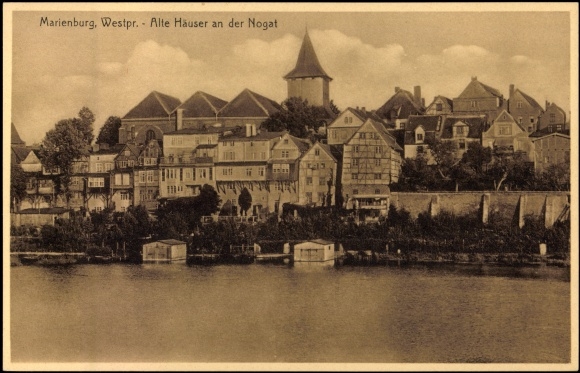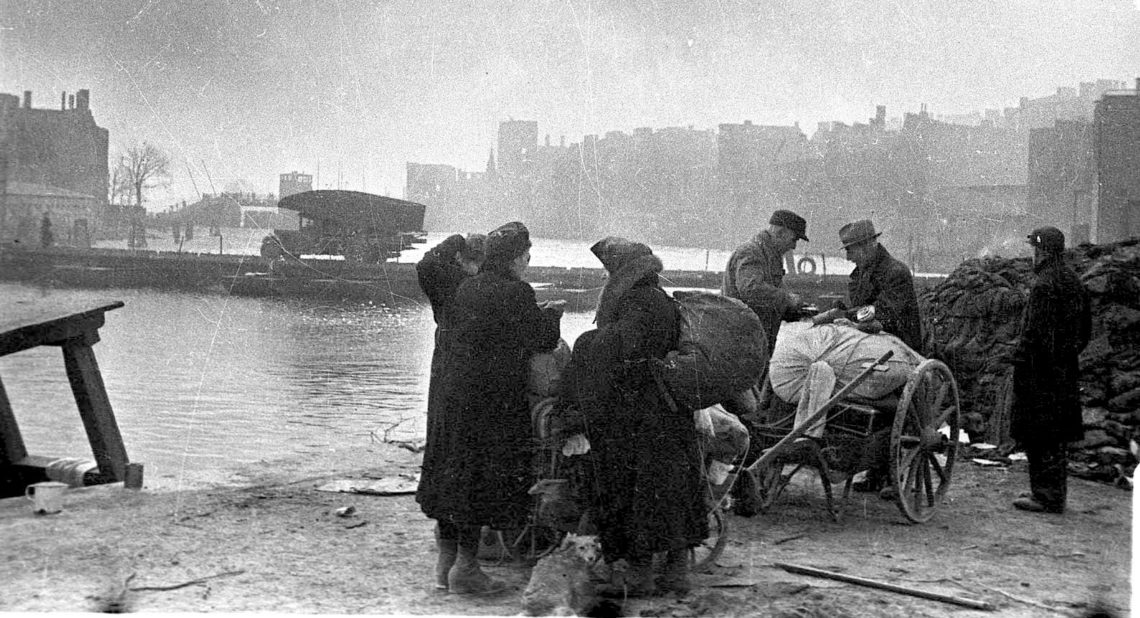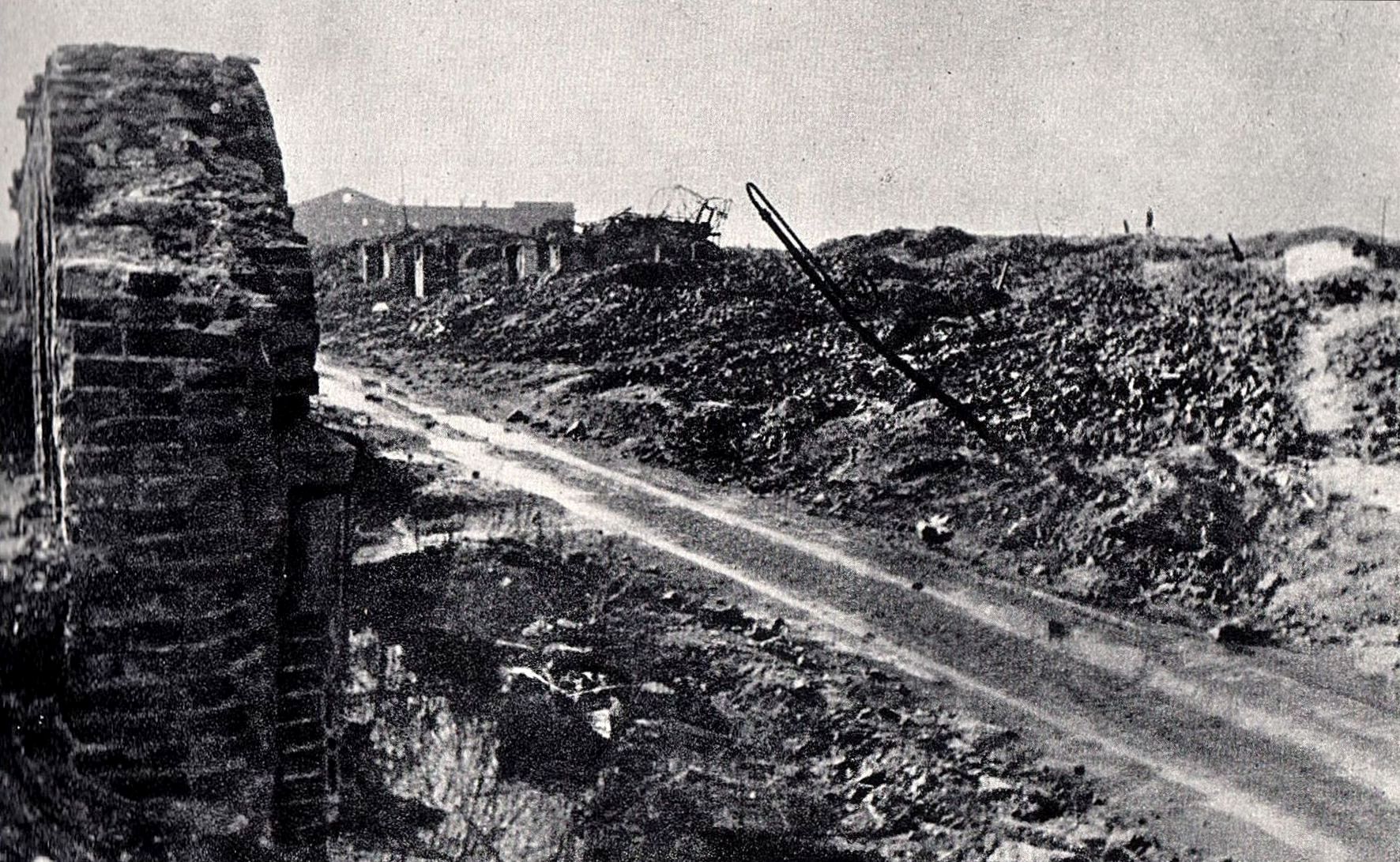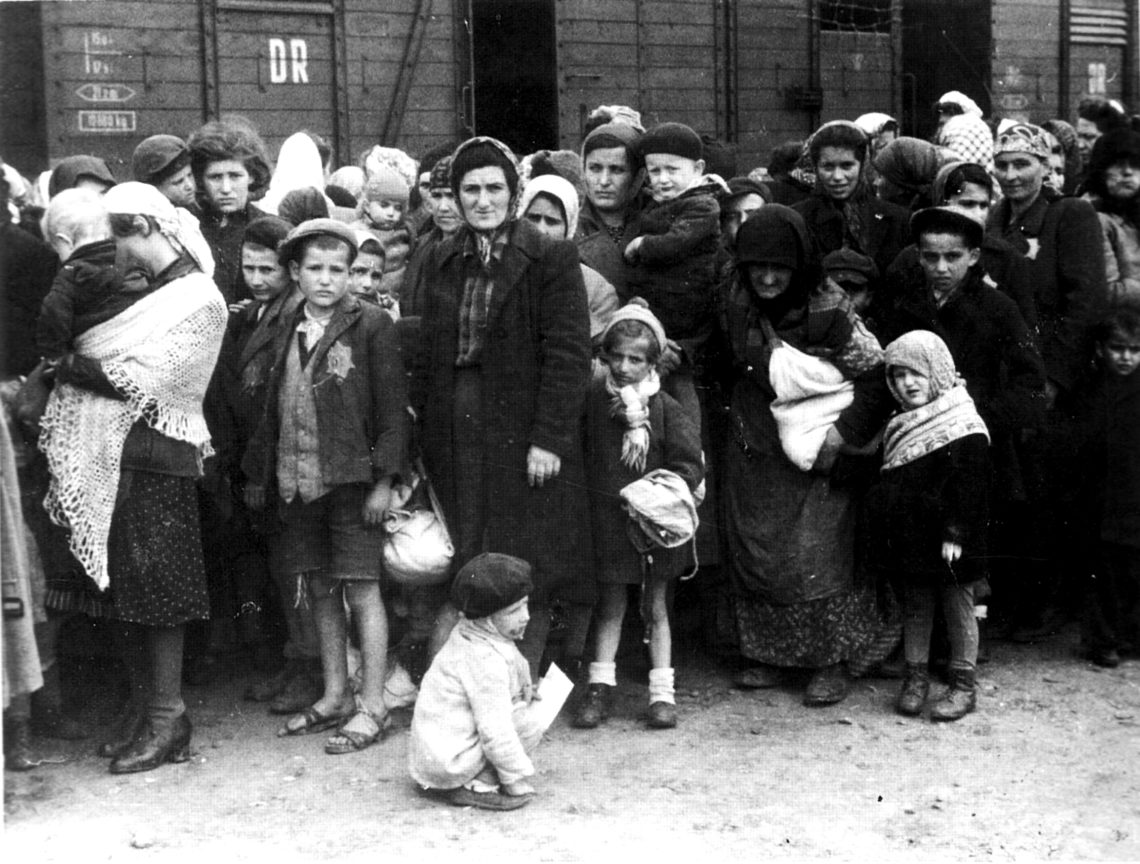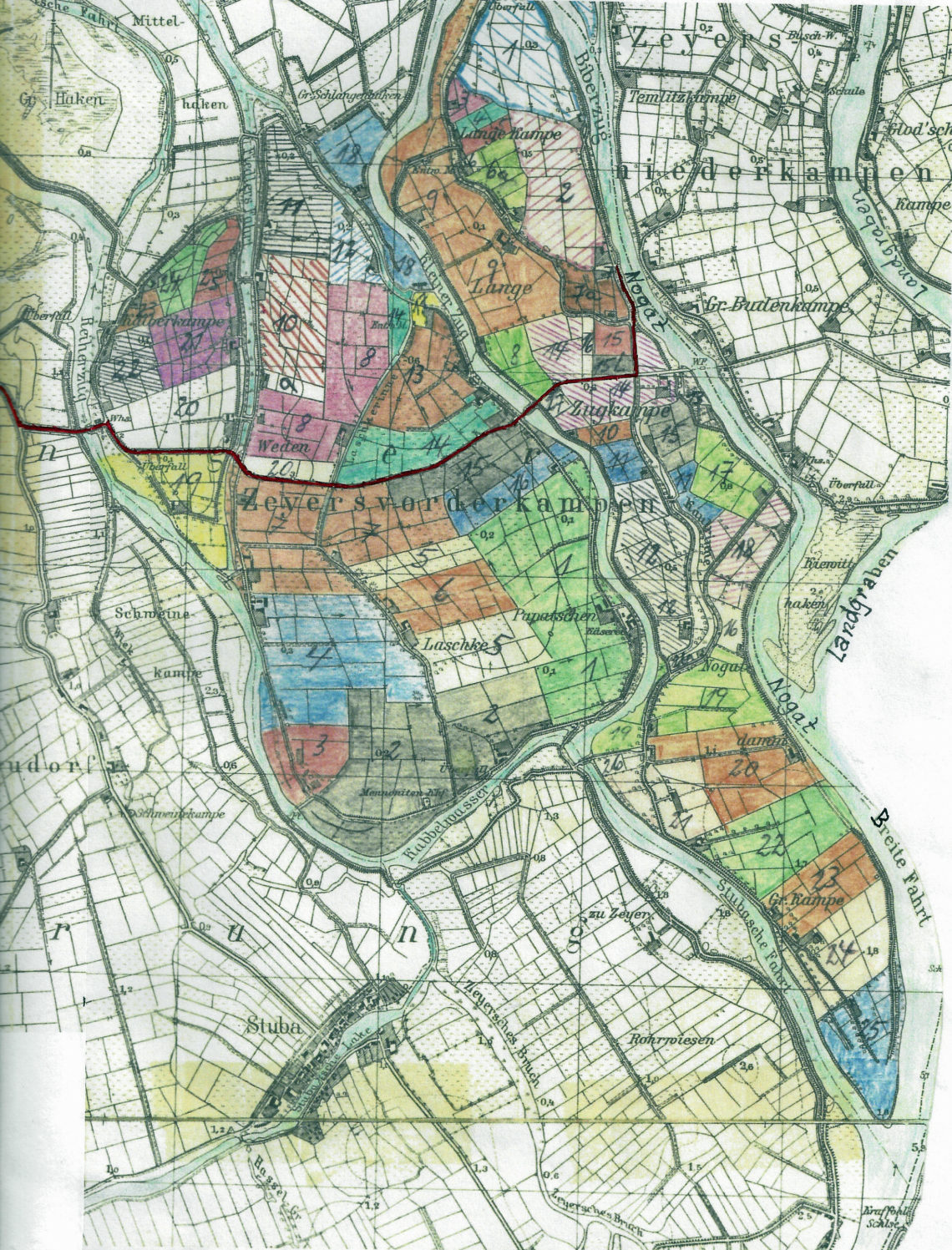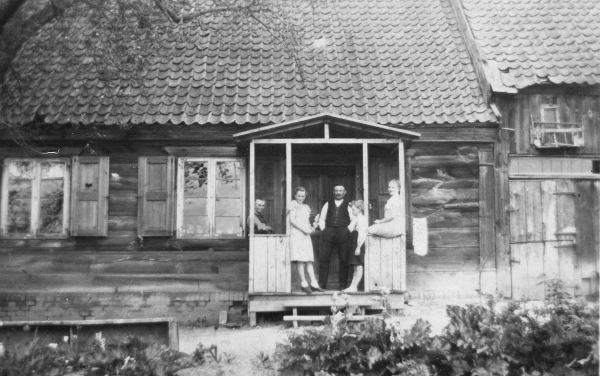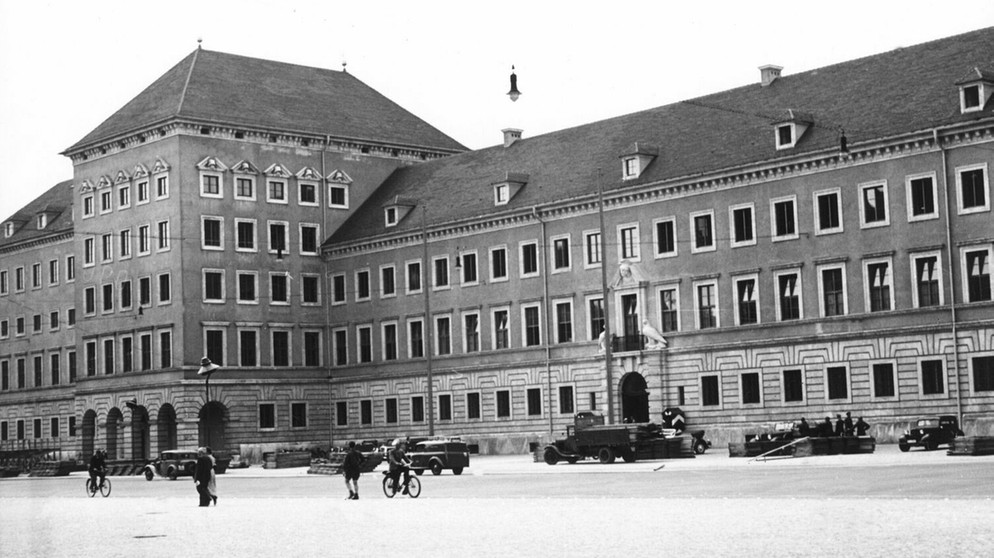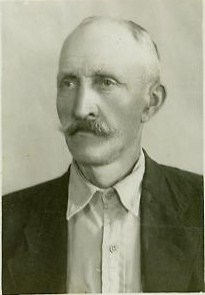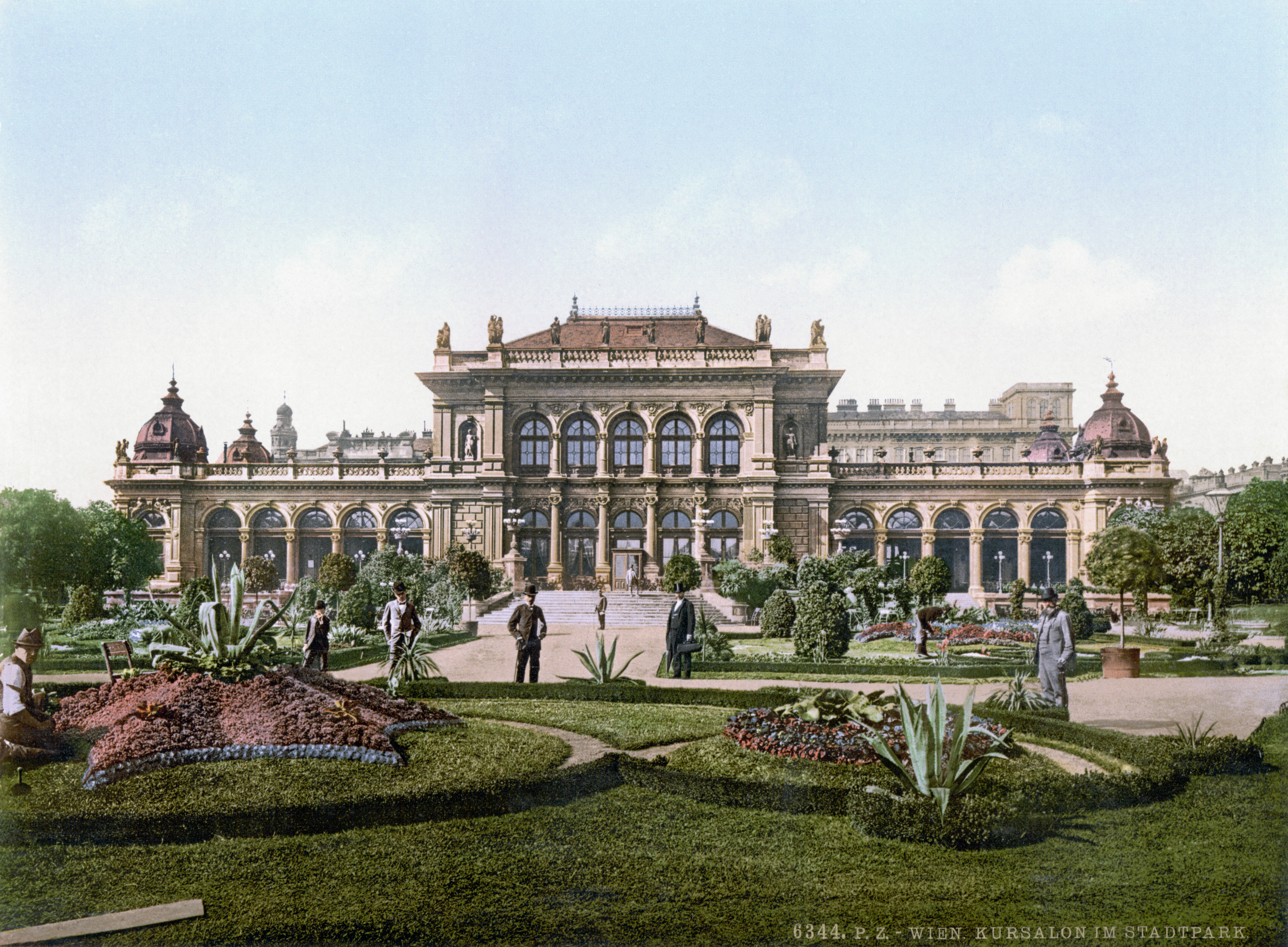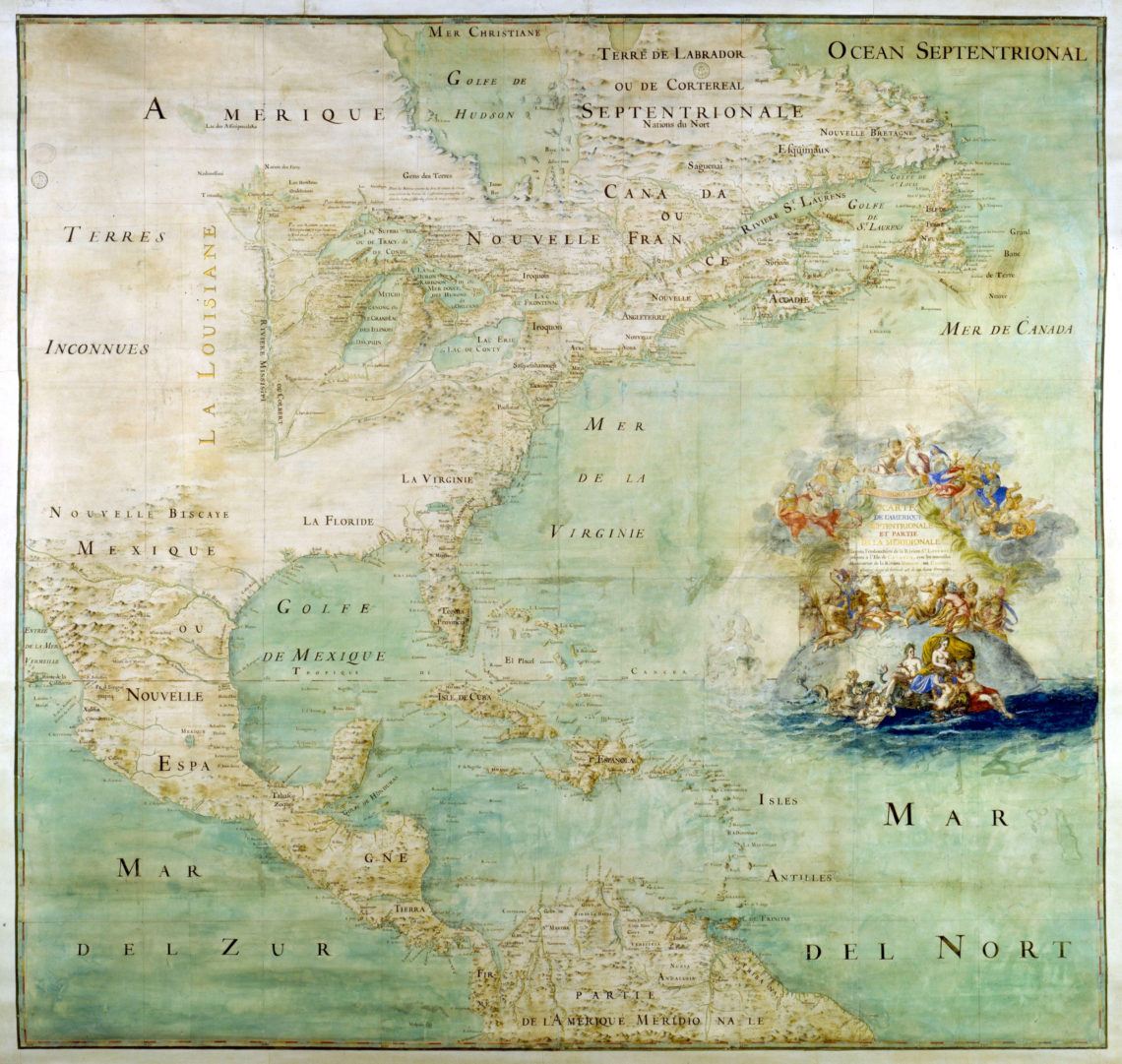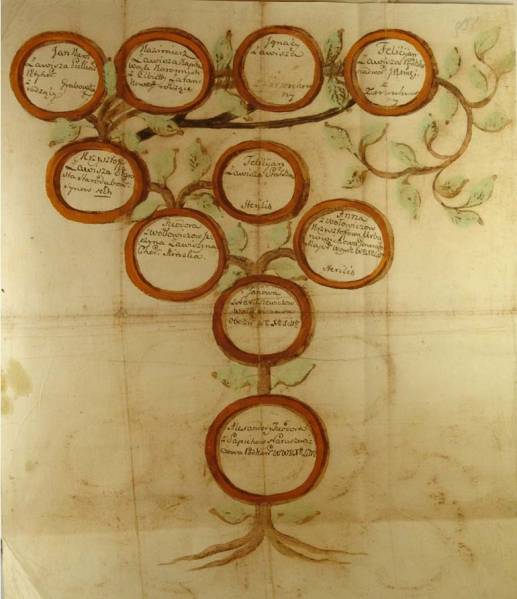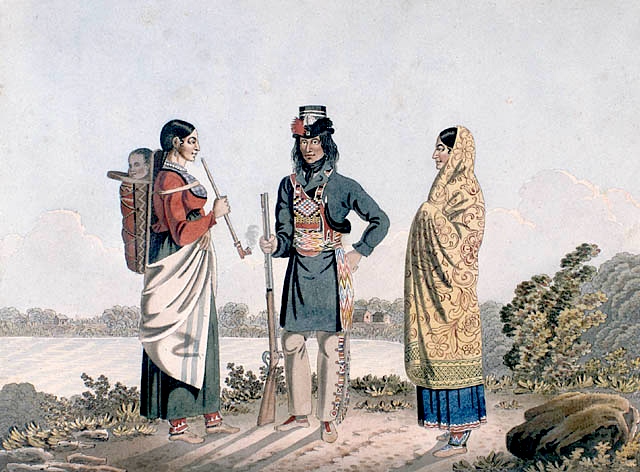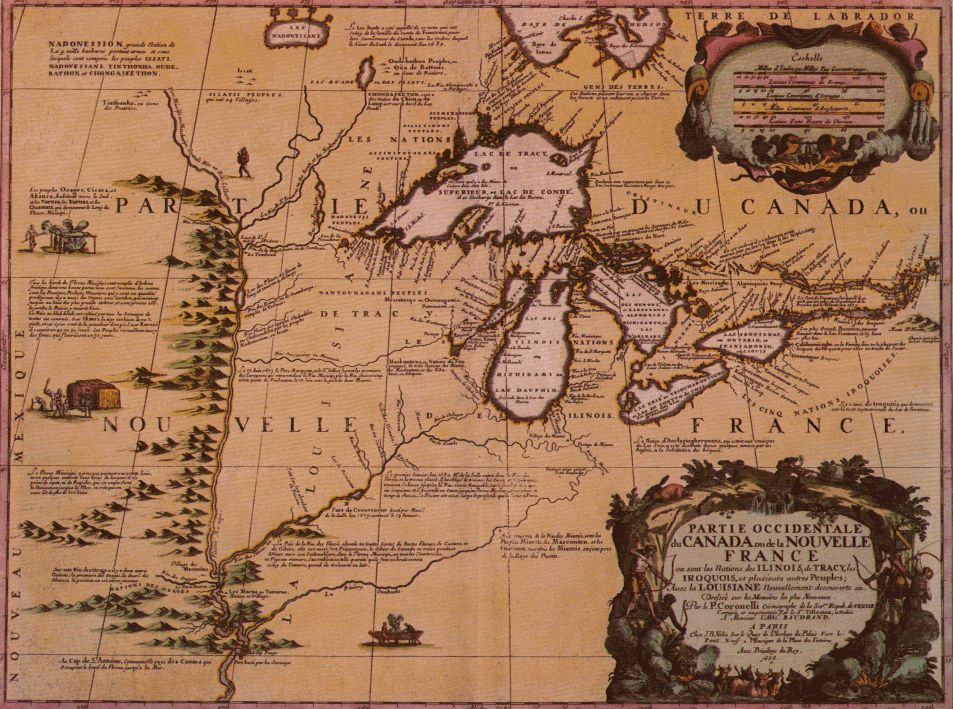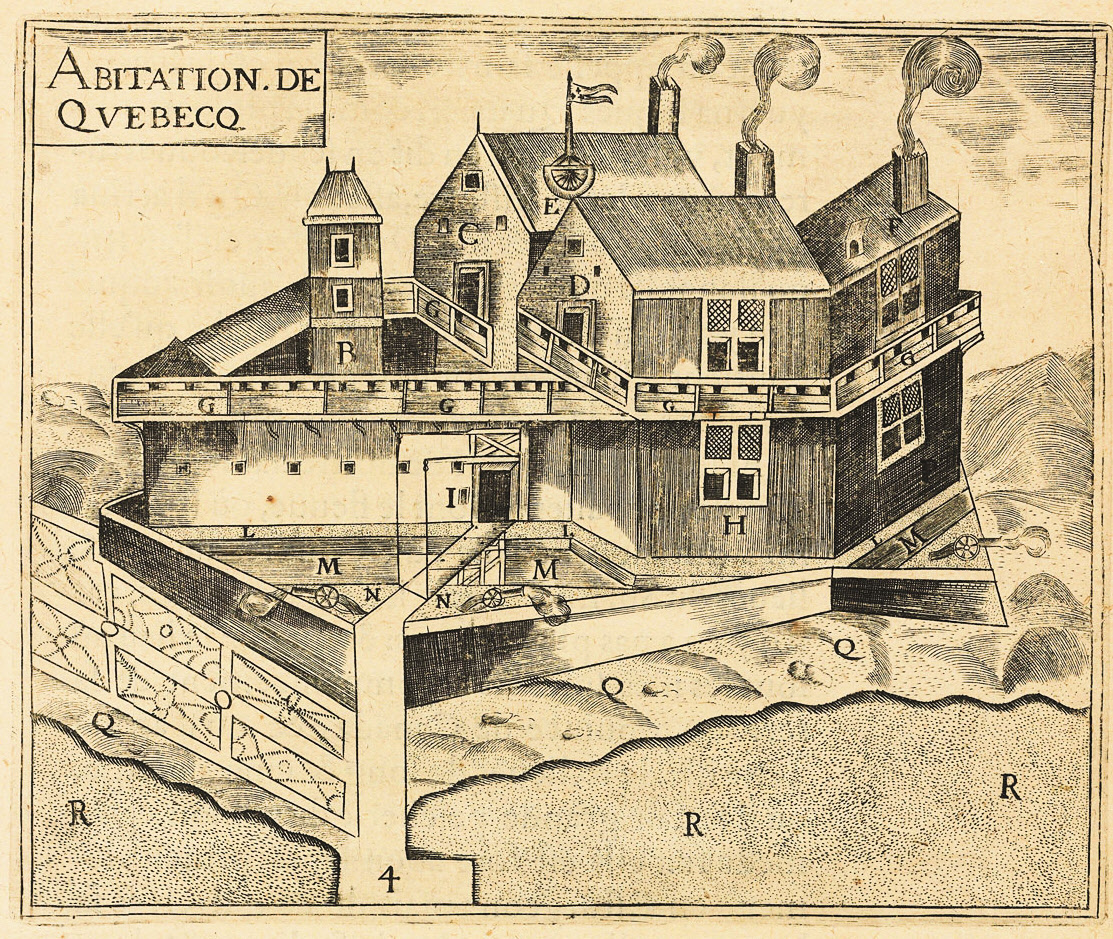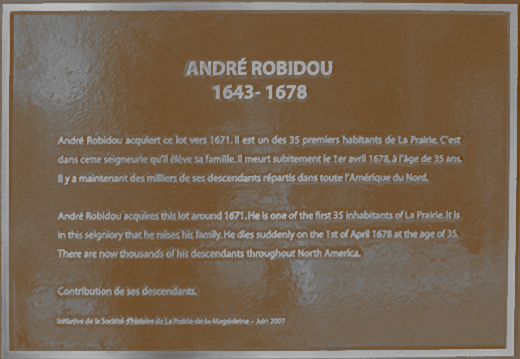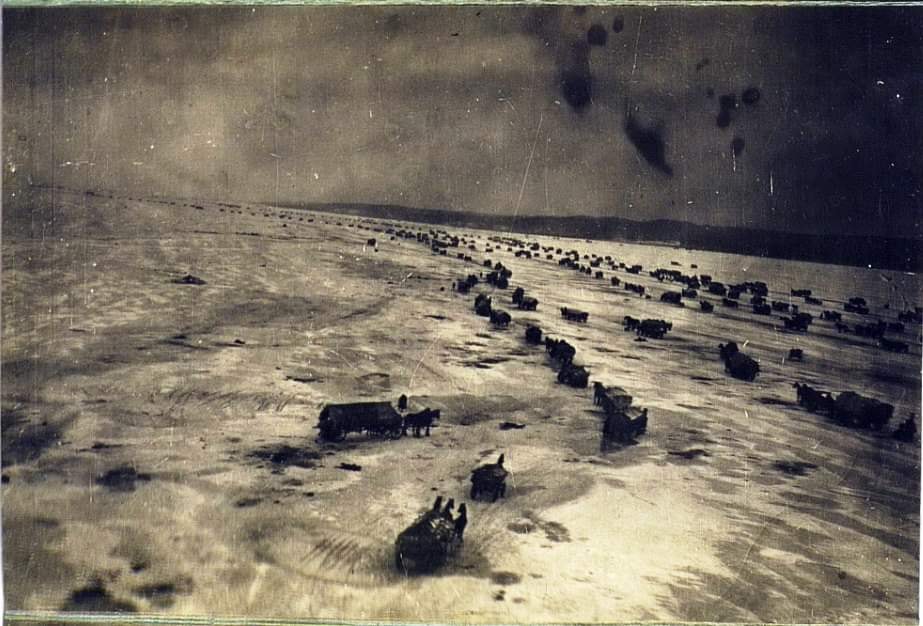- Uncategorized
Fascism, Nazism, and Neo-Nazism
A Comparative Discussion 1. Introduction Fascism, as an ideology and political system, emerged in the early 20th century, reacting to the perceived threats of socialism, communism, and liberal democracy. It advocated for authoritarian governance, hyper-nationalism, and often a commitment to military expansion. While fascism originally emerged in Italy, its ideas were later adopted and refined by Adolf Hitler in Germany, forming the basis for the Nazi regime. Following World War II, fascism was discredited, but its core principles found new life in neo-Nazi and far-right movements in Europe and North America. This comparative discussion will delve into the origins and rise of early fascism, the distinct nature of Nazi ideology…
- Uncategorized
Compagnie de la Nouvelle France
Key Actors & the Types of Individuals Involved The 100 Associates Company was not just about investors but also included settlers, soldiers, and clergy. What follows are a list of Key Individuals and Roles involved in the establishment of New France – Nouvelle France. You will find detailed information, footnotes and source lists. Hopefully, you will find the materials useful. The Builders of New France If you visit my research link The Builders of New France, you will get an idea of how I have categorized our information. Suffice it to say there were many roles and assignments that needed to be done in France’s new world colonies. Feel free…
-
Pierre Desportes
Early Life and Arrival in New France: Pierre Desportes was born around 1594 in Rouen, Normandie, France. Rouen was a significant port and trading hub during this time, which suggests that Desportes may have had some connection to trade or the military. While details about his early family life are scarce, his eventual role as a military officer in New France hints at a background tied to military or administrative service. Researching archival records from Rouen could potentially reveal more about his origins, though access to specialized French archives would be required. Desportes is believed to have arrived in New France in the 1630s, a critical time when the colony…
-
Hélène Desportes
Hélène Desportes is often considered the first French child born in New France. While records are not entirely clear, most historians believe she was born between 1620 and 1621, shortly after her parents arrived in the colony. Her life provides a valuable glimpse into the challenges and experiences of early French settlers in North America. Birth: The baptism record for Hélène Desportes has not been found, but historians believe she was born after July 7, 1620, since baptism records started being kept in 1621. So, her birth is estimated around 1620. Ethel Bennett, in the Dictionary of Canadian Biography, suggests she was “probably the first white child born along the…
-
Searching for Coureur des bois
This document is being built (come back it is changing) Further (in-depth) Research: While a single, definitive list of all Coureurs de bois might not exist (due to the nature of their activities), there are resources that can help you identify them. It’s a matter of piecing together information from various sources. Here’s a breakdown of where to look and what to consider: 1. “Dictionnaire biographique du Canada” (Dictionary of Canadian Biography – DCB): This is an excellent starting point. While it doesn’t list every Coureur des bois, it includes entries for many prominent ones. These entries often provide details about their activities, families, and locations, which can lead you…
-
The Builders of New France
Samuel de Champlain’s arrival in the early 17th century marked a pivotal moment in the history of New France and set the stage for the waves of immigration that would follow, including the Filles à Marier, the Carignan-Salières Regiment, and the Filles du Roi. In 1608, Champlain established a permanent French settlement at Quebec, strategically located on the St. Lawrence River. This marked not only the beginning of sustained European presence in the region but also laid the groundwork for future expansion and colonization. Champlain’s initial voyages were driven by a combination of exploration, fur trading, and the ambition to establish a French foothold in North America. He meticulously charted…
-
Régiment de Carignan-Salières Soldiers in our ancestry.
The Carignan-Salières Regiment (1665-1668) The Carignan-Salières Regiment: Heroes of New France (1665-1668) In the mid-17th century, New France was facing a significant threat from the Iroquois Confederacy. To protect the colony and its inhabitants, King Louis XIV of France dispatched the Carignan-Salières Regiment, a group of approximately 1,200 soldiers, to New France in 1665. Background The Carignan-Salières Regiment was formed in 1665, under the command of Lieutenant-General Alexander de Prouville de Tracy. The regiment consisted of four companies, each led by a captain: Mission and Achievements The Carignan-Salières Regiment’s primary mission was to protect New France from Iroquois attacks and to establish a French presence in the region. During their…
-
Prune & Share Family Tree Branches
Introduction Genealogists and family historians often need to extract specific branches from their Ancestry family tree for research, collaboration, or sharing with relatives. Unfortunately, Ancestry does not provide built-in tools to easily extract partial branches/limbs of their online trees into GEDCOM files. However, by using GRAMPS, a powerful free genealogy software, users can effectively prune family trees and extract specific branches. Additionally, Family Echo provides a simple way to view and share these extracted sections. This approach is simple, cost-free, and helps genealogists manage their data more effectively. The Process Step 1: Export the Full GEDCOM from Ancestry Step 2: Prune and Extract a Branch Using GRAMPS Step 3: Upload…
-
Gillette Banne (c.1636-1672)- her life & trails
Gillette Banne’s life reflects the harsh realities and challenges faced by early settlers in New France, marked by resilience and, ultimately, a tragic attempt to protect her family. For a more in-depth exploration of her life, you might find this video informative:
-
Catlin Family & the Deerfield Massacre
Introduction Elizabeth (née Baldwin) Catlin, her husband James Catlin, and their family were among the many who suffered the devastating consequences of the 1704 Deerfield Massacre. Their story provides a poignant glimpse into the turbulent frontier of early New England, where settlers and Indigenous nations clashed in a struggle for survival and sovereignty. The Catlin Family in Deerfield James Catlin and Elizabeth Baldwin married in the late 17th century, settling in Deerfield, Massachusetts, a small but strategically significant frontier village. Like many in the region, the Catlins lived with the ever-present threat of conflict as tensions simmered between English settlers, French forces, and Indigenous groups, particularly the Mohawk and Abenaki,…
-
Civil Disobedience- Nonviolent Resistance
In these days of uncertainty, unrest, distrust and oligarchic assault on institutions and nations, perhaps the following materials will help people empower themselves and right their ships of state. The materials here provide information on both civil disobedience and nonviolent resistance. civil disobedience (noun) Refusal to obey a law as a result of moral objections, especially through passive resistance. A form of social protest, involving the active but non-violent refusal to obey certain laws, demands, or commands of an established authority, because they are considered to be morally wrong or detrimental. A group’s refusal to obey a law because they believe the law is immoral (as in protest against discrimination). The American Heritage®…
-
Aktion T4 and 14f13 Guide
The above image is on Adolf Hitler’s personal stationery, the edict reads: „BERLIN, DEN 01. Sept. 1939 Reichsleiter Bouhler und Dr. med. Brandt sind unter Verantwortung beauftragt, die Befugnisse namentlich zu bestimmender Ärzte so zu erweitern, dass nach menschlichem Ermessen unheilbar Kranken bei kritischster Beurteilung ihres Krankheitszustandes der Gnadentod gewährt werden kann. — A. Hitler“ The handwritten comment reads: „Von Bouhler mir übergeben am 27.8.40 – Dr. Gürtner“ Deutsch: Hitlers Erlaubnis, unheilbar kranken Patienten Euthanasie zu gewähren. Aufnahme aus dem Museum Dokumentationszentrum Reichsparteitagsgelände. Franz Gürtner war von 1932 bis zu seinem Tod 1941 Reichsjustizminister. Philipp Bouhler war SS-Obergruppenführer und Leiter der Kanzlei des Führers (KdF). English: Hitler’s permission to grant euthanasia to…
-
Keep Big Brother at Bay
For any who might wish to learn more about securing ‘their’ computer platform(s)… I just published a ‘tutorial’ (link below) to help those concerned about computer safety, as we head into a “Brave New World” where our personal privacy is likely to come under increased political & governmental threat. This article is over on my substack, follow the link below to gain free access. Please subscribe if the ‘spirit moves you.’ Keep Big Brother at Bay
-
Any interest in participating?
I am considering offering genealogy, history, and research coaching in a group on-line setting (like Zoom or Skype). Sadly, this can’t be free, but the costs will be VERY low. I simply want to cover my cost of creating and offering the service. My intent is to focus primarily on my areas of expertise. I am happy to explore questions beyond my normal areas, to the extent that I am able to offer useful help. If you are located on the planet Earth and are interested in bringing your genealogy questions, problems, conundrums my way for help, please use our contact page to let me know.
- Uncategorized
DNA, Ethnicity Resources
Because there seems to be a lot of confusion regarding DNA and Ethnicity Estimates, I have decided to provide a listing of reputable resources to help folks better understand ‘how things work’. DNA Testing: What is it, and how can you benefit from it? Understanding DNA Ethnicity Results How Accurate Are DNA Tests? Why You May Be Reading Your DNA Results All Wrong Understanding Ethnicity Estimates at DNA Testing: Tracing Ancestral Origins How Does DNA Show Your Ethnicity? What Is My Ethnicity? How MyHeritage Estimates Ethnicities Introduction to Ethnicity Admixture Genetic Testing, FAQ Genetic Testing Registry (NCBI) Getting a Genetic Test What is genetic ancestry testing? ManyRoads Articles DNA &…
- Uncategorized
Young Reader’s Tips
Over the years, a number of young readers have provided insights on conducting genealogical research to me here on ManyRoads. Just this week, I have been in receipt of a new pointer/ link. In discussing this with my wife, we agreed that ManyRoads should create a page/ place for such information sharing to be published. To that end, if you have children conducting genealogical or FamilyHistory research in any of the topic areas listed below, and they have links they would like to share, please let me know via our contact page. I will be happy to review and provide space on ManyRoads for such sharing. Research Areas of Interest:…
- Uncategorized
Switzerland (Links)
Ancestry – Switzerland Archive.com- Swiss Genealogy BYU (Bern Canton) Cyndi’s List- Switzerland / Suisse / Schweiz FamilySearch Wiki (Bern Canton Research) Geneanet (Switzerland) Genealogy in Switzerland- Schweizerische Gesellschaft für Familienforschung Genealogy Research in Switzerland- MyGenealogist.com Guide to the Church Books of Canton Bern, Switzerland (pdf) List of Swiss Cantons Researching family histories / genealogy Bern Canton Swiss Genealogy Advice Swiss Genealogy on the Internet Switzerland and the United States Switzerland Genealogy Guide (FamilySearch) Switzerland GenWeb
- Uncategorized
Alsace-Lorraine Research
Genealogy Resources (Tutorial) This simple tutorial is prepared to assist you in performing research in the former German Reichsländer of Elsaß-Lothringen, today’s French regions of Alsace-Moselle. Research in these areas can be quite challenging. Many researchers are challenged by the following list of obstacles, including: Language Records are likely to appear in German, French, Latin (as well as others). Resource Websites are almost certain to appear in French, German and English. They may or may not be readily setup up for your favorite language. Prepare to have your browser or other tools handy for translation. German Dialects in Alsace-Lorraine some of which may be quite esoteric to both native and…
- Uncategorized
400+ Years of Mennonite-Anabaptist European Emigration
Introduction This ‘tutorial’ is intended to provide essential information regarding the last 400 hundred “plus” years of European Mennonite-Anabaptist migrations. It will not focus on Mennonite migrations which took place in the New World (North or South), Africa or Asia. Anabaptists were among Europe’s most persecuted and mobile religious populations during the Reformation and Confessional Ages and into the modern era, as they lacked a long-term alliance with the state. Their movement also lacked a single, clearly defined magisterial office, and the Anabaptists’ migratory experience encouraged regional variations in the movement that built on its distinct starting points and traditions. Historically, Anabaptist migrations resulted most commonly from pressures due to…
-
Banned Books…
If you are opposed to banning and/or burning books, here are some Internet sources which provide insight into unbanning, as well as, access to books that have been banned by restrictive communities. e-Book Access Related Censorship Articles (Wikipedia)
-
WW2 American Nazism
German American Federation/Bund Quoting the US National Archives: “The German American Bund was an unincorporated voluntary national association established on March 29, 1936, to spread the philosophy of National Socialism and to carry out Adolph Hitler’s program insofar as it affected the United States. The leadership of the Bund attempted to meld Nazi racial theories with American patriotic values. Headquartered in New York, the Bund was a nationwide organization having three departments and approximately seventy local chapters throughout the United States, as well as numerous organizations which were directly or indirectly affiliated with it.” The FBI investigated the Bund’s relationship to the Nazi Party of Germany. The FBI records release…
-
Global Conflicts
I have begun a small effort to gather and present tools to help identify on-going world conflicts, as well as sites focused on analyzing active ‘wars’. Active Conflicts Critical Threats Defcon Level Warning System Geopolitical Monitor Global Conflict Tracker Global Incident Map International Rescue Committee Live Ukraine War Map A World in Crisis: The Winter Wars of 2022-2023 Think Tanks The Atlantic Council The Brookings Institute Cato Institute Center for Strategic & International Studies Council on Foreign Relations Harvard Kennedy School Institute for the Study of War Modern War Institute The Rand Corporation If you are interested in this topic, you may find or list (links) of value. Should you…
-
Research & Study Aid: Prussian Poland
This is the first in our series of Brief Research-Study aids. Each is designed to help you get started with your genealogical (historical) research. Please do NOT consider this an exhaustive set of materials. What was/is Prussian-Poland? The following articles/ links should provide you with a reasonable historical perspective on those former regions. These regions have been completely rearranged and reconstituted at least three times since 1918. The populations living in these geographic regions today may NOT be related to those who lived there before World War I (1914). The Prussian Partition (of Poland)- Wikipedia. As with most Wikipedia articles, pay special attention to the bibliography at the end, to…
- Uncategorized
Ukraine (Links)
Archives of Ukraine: Genealogical Research BLITZ Information Center BRAMA – History of Ukraine Bukovina Society of the Americas Canadian Institute of Ukrainian Studies Carpathian Connection Carpatho-Rusyn Knowledge Base Central State Historical Archives of Ukraine in Lviv Directories of Cities, Towns and Regions in Ukraine Eastern European Genealogy East European Genealogical Society, Winnipeg, Canada FamilySearch Wiki pages for Ukraine FEEFHS: Foundation for East European Family History Studies Genealogical Gazetteer of Galicia by Brian J. Lenius Genealogy of Halychyna / Eastern Galicia Gesher Galicia Holodomor Research and Education Consortium Canadian Institute of Ukrainian Studies University of Alberta Holodomor- Ukrainian Genocide InfoUkes: An Information Resource about Ukraine and Ukrainians Jewish Virtual Library, Ukraine…
-
British (UK) Nazism
Quoting from: Martin Pugh Pages: 489–506 Published: 18 September 2012 Traditionally, fascism in Britain has been seen in fairly narrow terms as a phenomenon of the 1930s associated with Sir Oswald Mosley and the British Union of Fascists (BUF). This approach to the subject made it easy to account for the fortunes of fascism as a movement essentially marginal to British society and thus of limited significance. The Union Movement that Mosley founded in 1948 campaigned for imperial control of Africa, a united Europe, and an end to coloured immigration. But this did not amount to a full fascist programme; the movement found itself caught halfway between the conventional parties…
-
Researching Mennonite Regions of Damals Preußen (former Prussia)
For those who research the Mennonite areas of what was once Westpreußen (West Prussia) and Ostpreußen (East Prussia), you know it can be very frustrating. For numerous years I have performed these searches in what can be best described as: the best way I knew how! Recently due to a client opportunity, I decided to establish a more thorough, exhaustive, and rigorous approach to conducting my Mennonite research. Do not confuse this approach with being easy, simple, or highly automated. It is, rather, much more disciplined and focused. To begin with, I use three major Genealogical Resources for obtaining Mennonite source material(s). I have listed them below in order of…
-
Researching the Eastern European German Diaspora (Tutorial)
ManyRoads is pleased to provide this free Eastern European Diaspora “self-help” to individuals researching those regions. Hopefully, you will find the materials below to be of interest and assistive. By way of introduction, this ‘tutorial’ focuses on the populations of Germans in Eastern Europe which reached more than 18 million people scattered in former German communities. Their settlement area was roughly bounded by the Oder-Neisse River (West), the Ural Mountains (in the East), the Baltic Sea (in the North) to Turkey (in the South). Be advised, this tutorial only covers research in the former German Eastern European settlement regions (described above). The Americas, Australia, New Zealand, etc. are not covered.…
- Uncategorized
Eastern German Diaspora
The images provided here will hopefully help identify those areas from which German speaking peoples were forced to evacuate after WW1 & WW2. These areas tend to be quite difficult to research, given there have not been German speakers representing those regions and records for more than 75 years. Significant changes have occurred since 1945 making research in these regions ‘challenging’.
- Uncategorized
Immigration from Germany to Eastern Europe (Ostsiedlung)
It is important to note that the information contained here only provides a very brief synopsis of a long period of eastward German migrations. This period ran from roughly the early 1300s to the early 1870s. During these years the populations of Germans in Eastern Europe reached more than 18 million people scatted in German communities roughly bounded by the Oder-Neisse River (West) to the Ural Mountains (in the East) and from the Baltic Sea (in the North) to Turkey (in the South). Religion of Germans from the East, according to Gerhard Reichling[1] Description Prewar German population Protestant Roman Catholic Other Former eastern territories of Germany 9,575,000 6,411,000 2,862,000 302,000…
-
Somewhere new to research…
A tutorial /case study Often, when I read/ hear of people being stuck in their research, it seems rather than being ‘stuck’ they are actually experiencing a lack of resources to further their research. To help researchers find new “fields” to hunt, I thought a small example/ discussion/ verily a “case study” might prove useful and instructive. Obviously, this “tutorial”, only provides a limited ‘focus’. Hopefully, the clues here will provide readers a better sense of the types of resources available for research. Hopefully this will empower you and increase your probability of success. This brief “case study” assumes the following: A need for expanded research information in the US/…
- Uncategorized
How Prussians/Pruzes Lost Their Land
translated from the original article I have not altered or augmented the original content of this article. Any credit, critique, or praise should be addressed to the original author via his site. I simply provide this document in English (via translation) as a study aid for those seeking more information on the topic. I used Deepl.com to assist in the creation of this translation. Copyright © 2004 Klaus-Peter Jurkat / As of December 31, 2004 Recently I found a French map drawn in 1994, which shows Europe in the year 1000. The Oder-Neisse border is already drawn there, and Usedom and Szczecin are in the Kingdom of Poland. The…
- Uncategorized
[…] Population Development across Eastern Prussia
translated from the original article I have not altered or augmented the original content of this article. Any credit, critique, or praise should be addressed to the original author via his site. I simply provide this document in English (via translation) as a study aid for those seeking more information on the topic. I used Deepl.com to assist in the creation of this translation. Copyright © 2004 Klaus-Peter Jurkat / As of December 22, 2004 The proportion of Prussians (Pruzzen) contributing to the newly formed “Prussian tribe” For some time I have been concerned with the question of how many immigrants from Lithuania and Mazovia were involved in the…
- Uncategorized
Family Find-a-Grave War Memorials
Rabideau / Henss Find-a-Grave War Memorials There are no words to sooth the loss or justify the cost.. Memorials managed by other: John Musgrove d.1863
- Uncategorized
Basic Holocaust Study Guide
Because I have come into contact with so many researchers who seem to lack essential Holocaust/ Shoah details/ information, I thought a quick set of pointers/ links might prove helpful to our readership in establishing a basic context. Be advised, this page is NOT intended to provide a comprehensive study resource for the Holocaust/Shoah. This is but a beginning for those who want to establish and begin building an understanding. Sadly, and unbelievably, this is not the only Genocide perpetrated during WW2, nor have Genocides disappeared since WW2. Should you wish to contribute additional content & ideas to this page, please use our contact page to let us know. We…
- Uncategorized
Jüdische Familienforschung (Jewish Genealogy)
When conducting Jewish Genealogical efforts most people tend to focus a few large well-known sites. And… when they run out of luck, they don’t know where to turn. In keeping with ManyRoads effort to point out lesser known resources, I have developed this page of largely German-Jewish resources. Included among these lesser widely used Jewish Genealogy (Primary & Secondary) Resources are some excellent research materials: To quote from the Internet Archive: The Library of the Leo Baeck Institute, New York (LBI) is the leading library and archive dedicated to the history of German-speaking Jews, and it holds more than 1,600 periodical titles in its collections. The LBI Library is digitizing…
-
Zeyersvorderkampen (1945)
My opa’s (Richard Senger) farm (before 1947) was located in Zeyersvorderkampen Freie Stadt Danzig- Westpreußen (today: Kępiny Małe in North Central Poland). My oldest family friend Rainer Mueller-Glodde provided me with this map. My opa & great-onkel’s (Richard u. Julius Senger) farm was located at number 23 (bottom of the map on the right-hand side). ——— English Translated with www.DeepL.com/Translator (free version) ————- In the Ordnance Survey sheet “1781 Jungfer”, 1 : 25,000, from 1936, the farms of Zeyersvorderkampen and their owners are shown here in color; status ca. 1940 / 1945. The map was created by Gerhard Dyck, b: Einlage 1927, d: † 2003, based on the information of…
-
Affiliate Programs
Now you can support ManyRoads at no-cost to you. Simply buy from those vendors you may already use. (We are working at identifying additional affiliate programs to join.) To-date we are affiliates of the following firms: Ancestry.com MyHeritage Great Courses PublicData (Vital Records) Up to 60% Off HOSTGATOR Hosting + $4.99 on Select Domains -use- Promo Code 60OFF2017! By simply linking and purchasing from any of the above, you will be helping to fund the work of ManyRoads.
- Uncategorized
Nouvelle France (New France)
Introduction Researching early Nouvelle France (French Canada) can be a both rewarding and information/ data rich endeavor. Personally, I tend to focus my research in the areas of Bas (Lower) Canada with rarer forays into Acadie during the time before the Le Grand Dérangement or Déportation des Acadiens. The forced removal by the British of the Acadian people from the present-day Canadian Maritime provinces of Nova Scotia, New Brunswick, Prince Edward Island and northern Maine. To organize my thoughts and provide some free self-help guidance, I have created this page. I will update it from time to time as I do most of my self-help offerings. If there are items…
-
1666 & 1667 New France Census
If you research New France, as I do; you may find our new ‘sub-site’ of value (link below). The ManyRoads’ 1666/1667 New France Census site focuses on gathering and providing to combined content of both the first and second Censuses of New France. These enumerations were taken by intendant Jean Talon. He conducted the census largely by himself, traveling door-to-door among the settlements of New France. He did not include Native American inhabitants of the colony, or the religious orders such as the Jesuits or Recollets. The initial census was taken during the winter of 1665-66. But because the first census missed as many as 25% of the colony’s French…
- Uncategorized
What’s in a Name?
Few French names are as easily distinguished as being unique in both written and spoken form than our name of “Robidoux”. To date, Clyde Rabideau has documented almost seventy written variations of the name. Many of the name spellings are specific to a particular branch of the family or to a certain state. The name “Rubidoux” denotes descendants of Louis Robidoux of Riverside, California, while in New York State you will find the name as “Rabideau”. “Roubidoux” and “Roubideaux” is found with descendants of Joseph Robidoux of Missouri and his native children. The spelling of “Robidoux” is consistent through most of Quebec and Western Canada and into Massachusetts, Rhode Island…
- Uncategorized
What is a Metis?
The Robidoux family is not unique in being able to claim some cultural diversity. Many of us, through either marriages or births, can claim being a “Metis”. But what does this word mean? The following was used from the website, “Metis Nation of the Northwest”, www.telusplanet.net/public/dgarneau/metis.htm “What is Metis: Basically, it is a cultural tradition based on a premise of First Nation ancestry or adoption into that tradition. The word Metis is derived by the French from the Ojibwa word Wissakodewinmi, which figuratively means half burnt woodsman: not quite a full fledged woodsman. The Cree called the Metis Oteepaymsoowuk, which means their own boss; as distinct from French or English…
- Uncategorized
The Beginning
“Thanks to the diligent research of Clyde M. Rabideau’s son, Guy, we now have a bit more detailed history of our ancestor, Andre Robidou dit L’Espagnol and his life prior to and during his arrival in New France.” Kim Circa 1636-1640 Andre Robidou dit L’Espagnol is born in Sainte-Marie, Spain, the son of Manuel Robidou and Catherine Alue. (Notes: Sainte-Marie is noted as a parish, and also as being in Galicia in the Diocese of Burgos). circa 1645 or later Jeanne Denot is born, the daughter of Antoine Denot and Catherine Leduc. She is baptized at Saint-Germain-L’Auxerrois, Paris, France. prior to 20 April 1661 Andre Robidou dit…
- Uncategorized
The First One
THE FIRST ROBIDOU, LE PREMIERE ROBIDOU Not much is known of our ancestor, Andre Robidou dit L’Espagnol, but we do know that in the 1666 census of Quebec, or New France, as it was known then, he lists his age as “26 years” and his birthplace as Burgos, Spain. His father was Maunel or Emmanuel Robidou and his mother Catherine Alve or Alue. His occupation was listed as “matelot” or sailor. The previous census of Quebec was so badly taken, Andre was missed entirely. Though we do not have a specific date for his birth, it is estimated he was born sometime around 1640 or later. Unfortunately, many attempts have…
- Uncategorized
Robidou Association of North America (Rescue)
Sometime after the death of Clyde M. Rabideau, the Robidou Association of North America (RANA) website was hi-jacked by an Indonesian Chicken Fighting Group and left to flounder in the ether. In remembrance of all the hard work Clyde Rabideau undertook to revive and publish Andre Robidou’s descendancy, I have made an attempt to save (resurrect) the most meaningful RANA web pages from the Wayback Machine (Internet Archive).
- Uncategorized
WW1 & WW2 Era (Free Courses & Videos)
The Great War (1914-1918) World War I: Summary, Causes & Facts | HISTORY.com World War 1: Trauma, Memory, Controversy World War 1: A History in 100 Stories World War 1: Paris 1919 – A New World Order? World War 1: Lessons and Legacy of the Great War The Great War and Modern Philosophy World War I Woodrow Wilson Battle of the Somme World War One (Epic History) Between the World Wars (1919-1939) 1932: The Crisis: The End of the Weimar Republic Weimar Germany: GCSE History Narrated By Barbara Njau Nazi Germany – Pictures of the Madness (1937 – 1939) The Second War (WW2) WWII History from Historians and Curators at…
- Uncategorized
Payment Confirmation
- Uncategorized
Payment Failed
We’re sorry, but your transaction failed to process. Please try again or contact site support.
- Uncategorized
Checkout-Result
[accept_stripe_payment_checkout]
- Uncategorized
Products
[asp_show_all_products]
- Uncategorized
Heimatortskartei Danzig – Westpreußen 1939 – 1963
Kreis Marienburg (source) FHL Film# # of Cards Area (Village) additional included areas 444515 8 Altebabke 444515 161 Altenau 444515 222 Altendorf 444515 382 Altmünsterberg 444515 694 Altweichsel 444515 951 Barenhof 444515 1209 Bärwalde 444515 1459 Barendt 444515 1747 Beiershorst 444515 1887 Biesterfelde 444515 2137 Blumstein 444515 3523 Brodsack 444515 3759 Bröske 444515 4080 Brunau 444517 9 Holm Steltertor?, Hornkampe, Neulicht, Rohrdamm, Vollicht, Hakendorf 444515 4903 Damerau 444515 5225 Dammfelde 444515 5351 Eichwalde 444516 1601 Fürstenwerder 444516 2292 Gnojau 444516 3589 Groß Lesewitz Herrenhagen 444516 4040 Groß Lichtenau 444516 4826 Groß Mausdorf 444516 5222 Groß Montau 444516 5540 Halbstadt 444516 5884 Heubuden Gurken (siehe auch Stuhm-Stadt), Gurkenhuben, Goldschaar Heubuden (=…
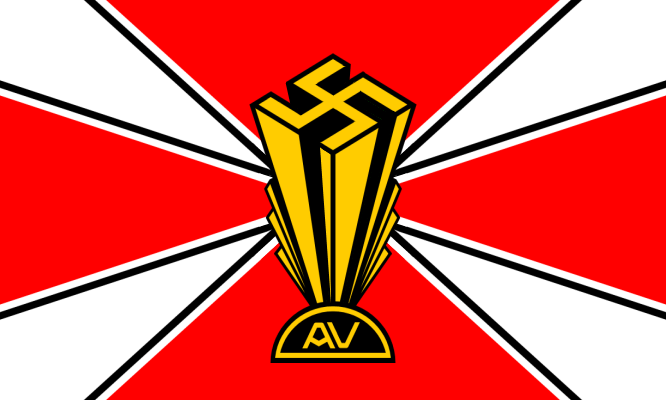
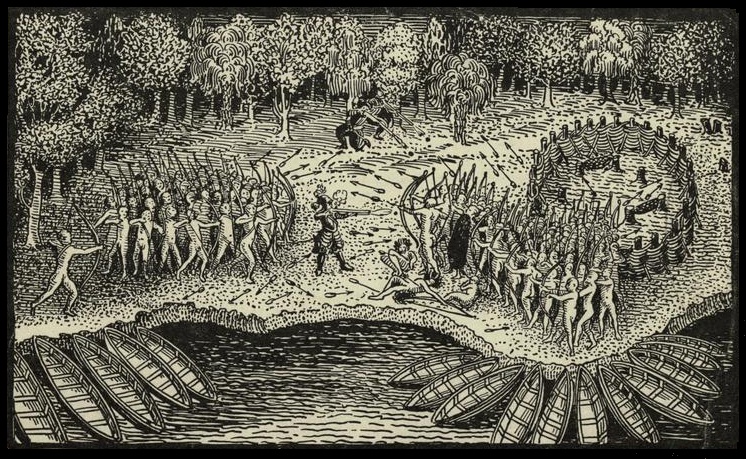


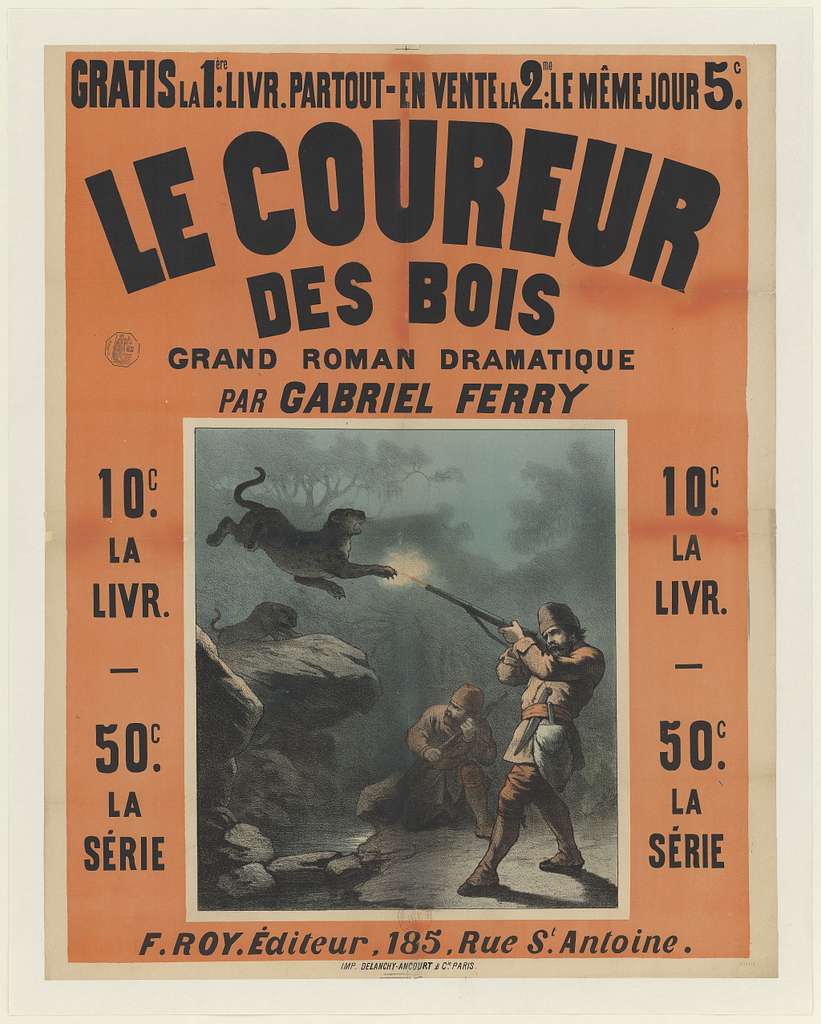
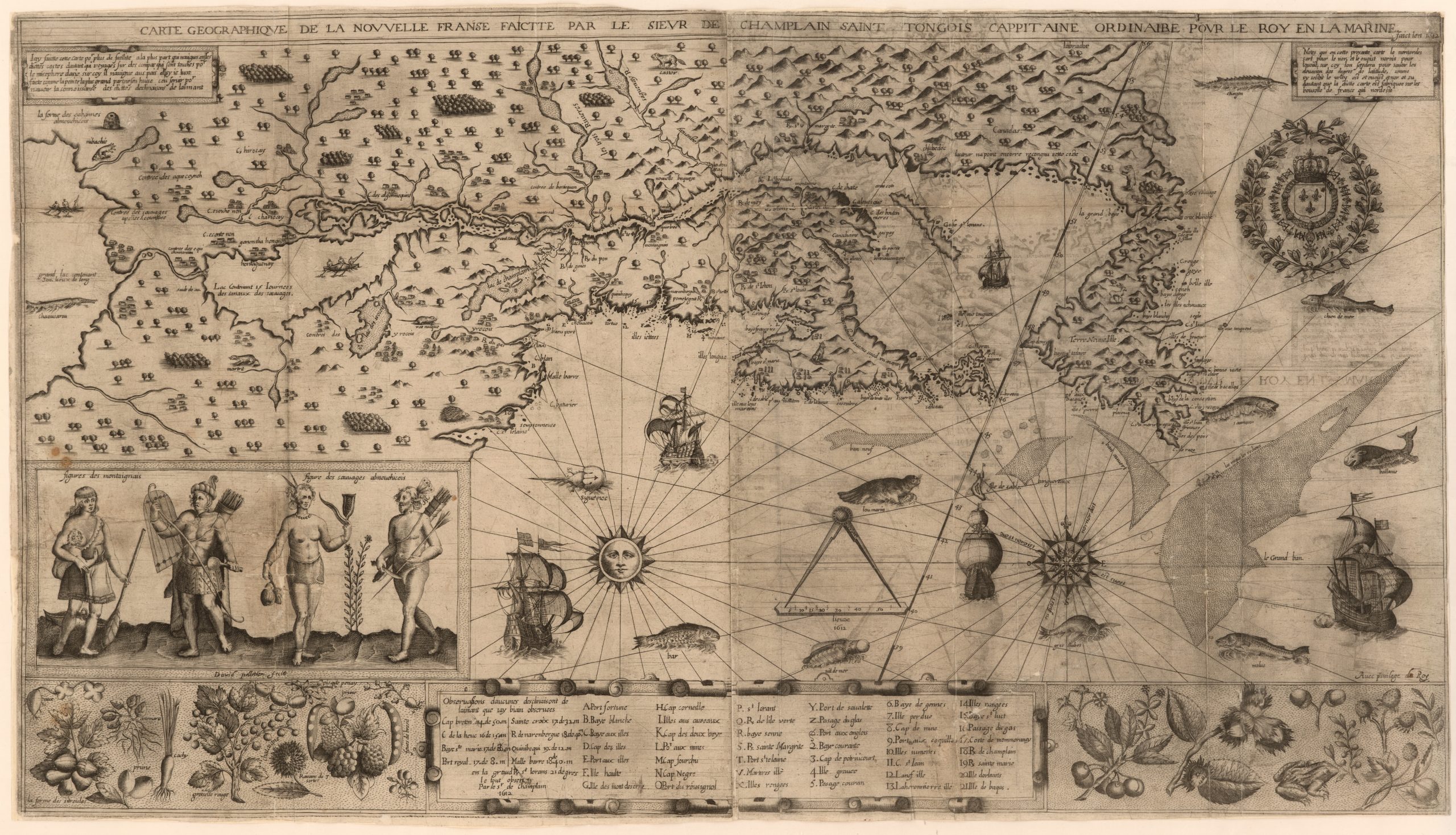
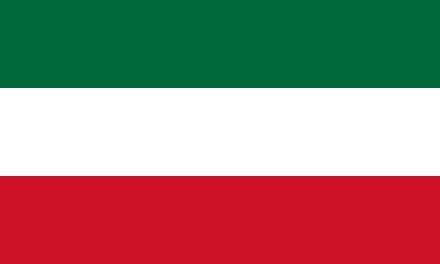
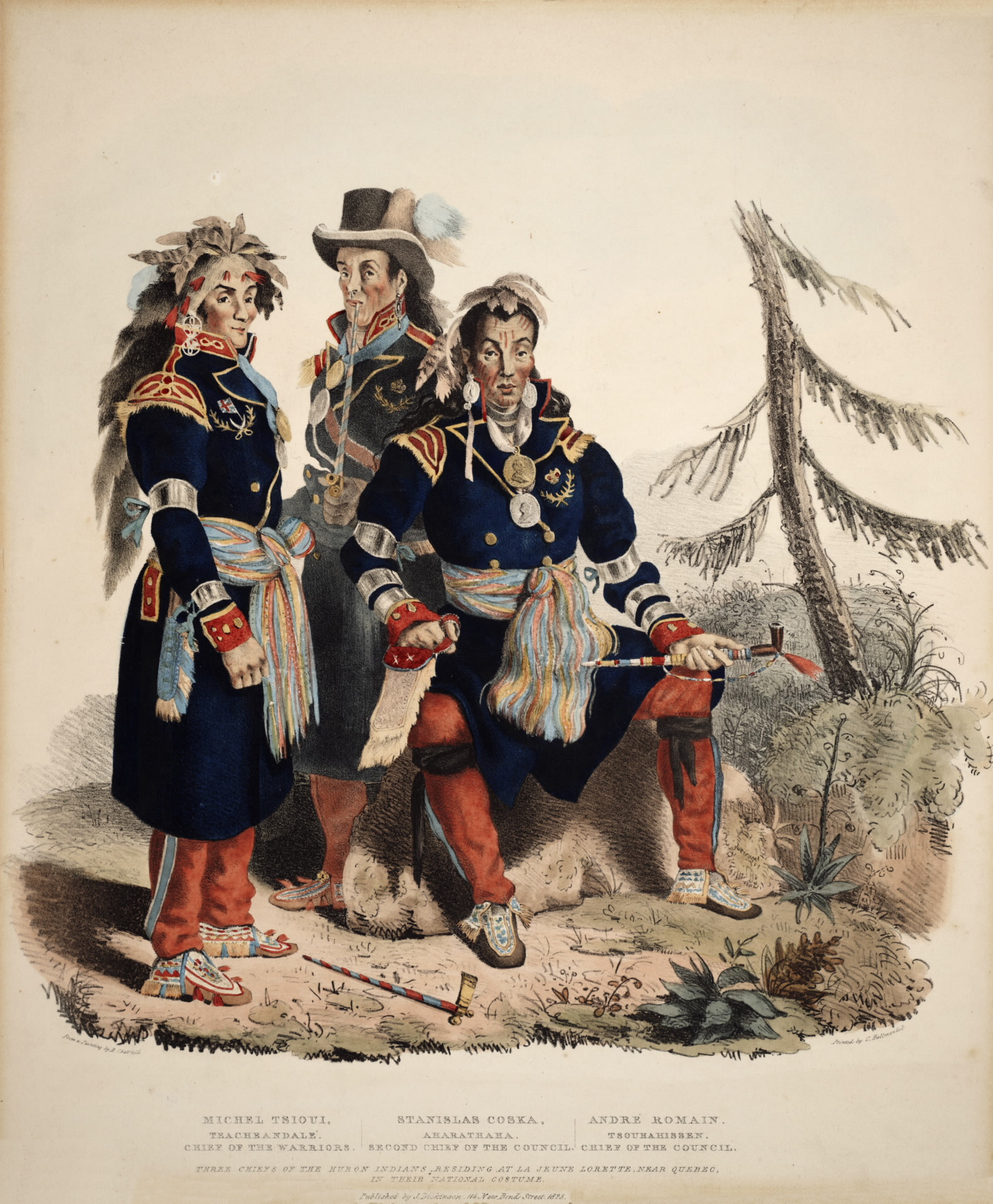
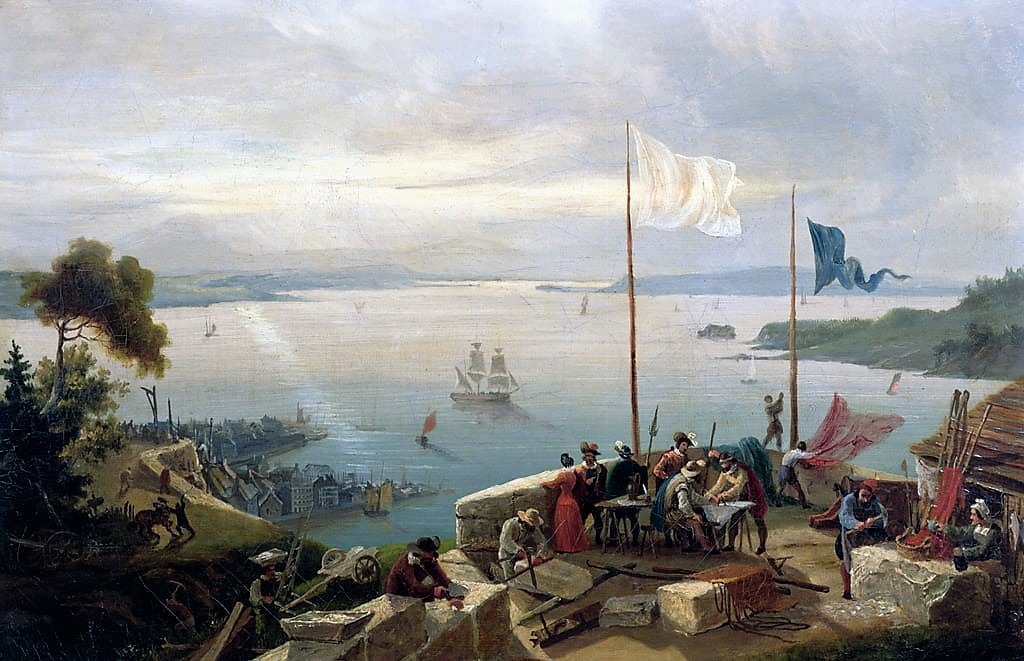
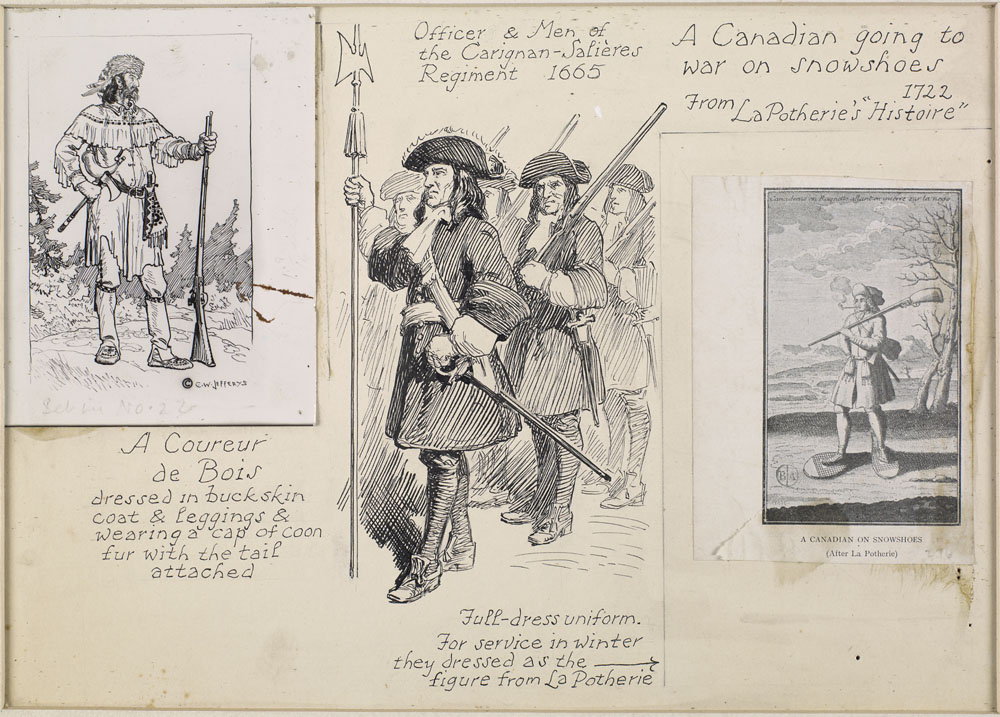

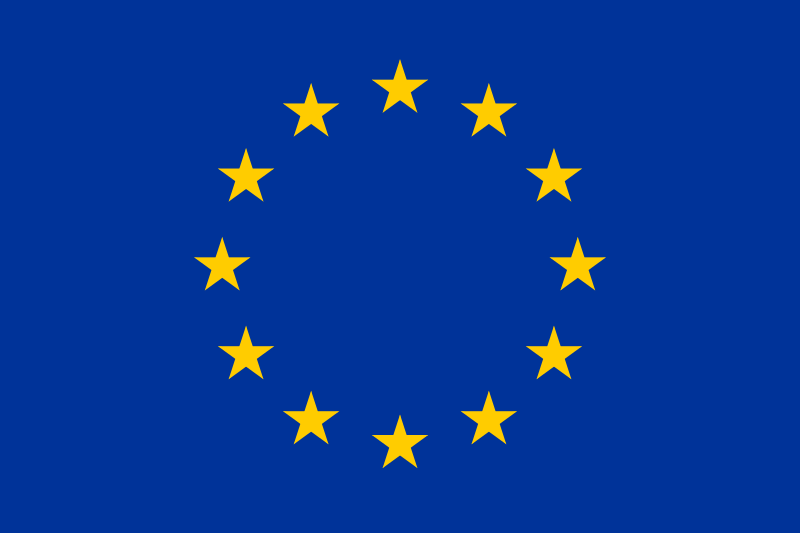
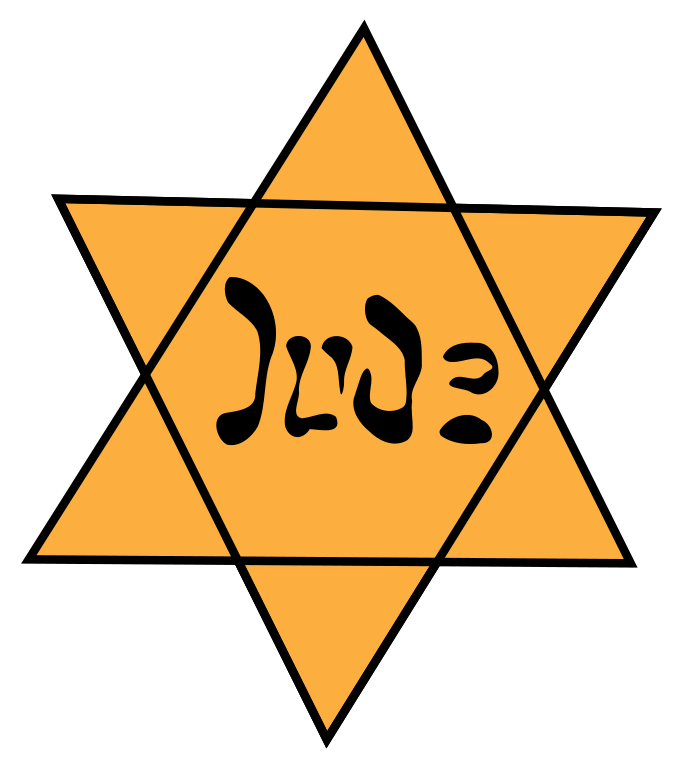

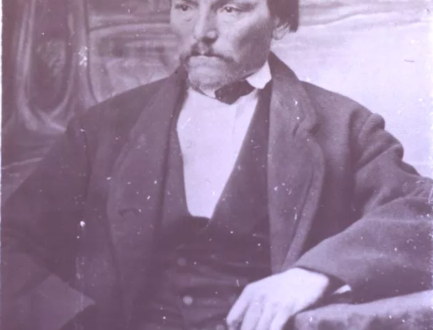
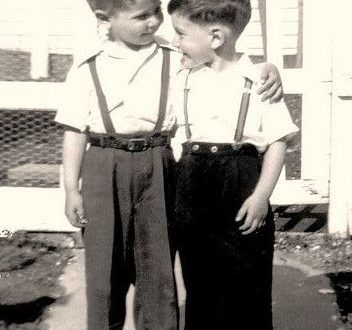


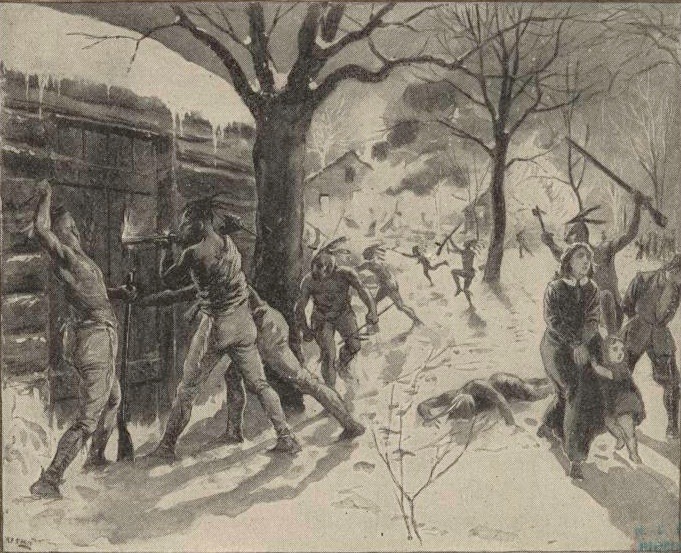
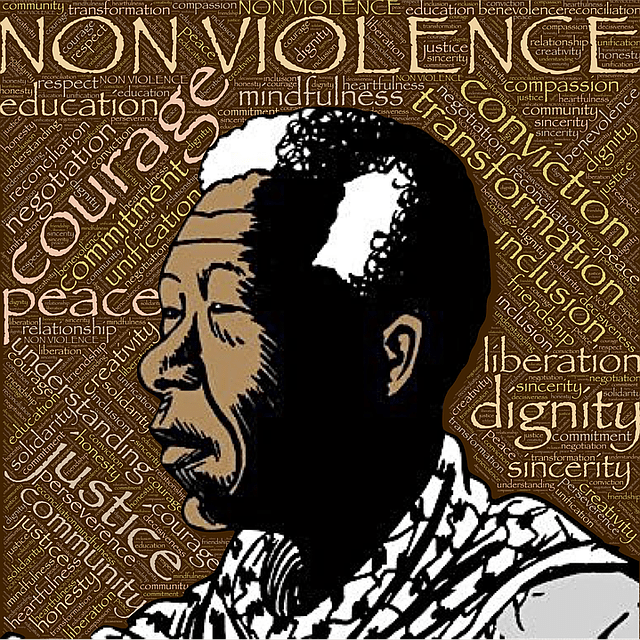
![On Adolf Hitler's personal stationery, the edict reads: „BERLIN, DEN 01. Sept. 1939 Reichsleiter Bouhler und Dr. med. Brandt sind unter Verantwortung beauftragt, die Befugnisse namentlich zu bestimmender Ärzte so zu erweitern, dass nach menschlichem Ermessen unheilbar Kranken bei kritischster Beurteilung ihres Krankheitszustandes der Gnadentod gewährt werden kann. -- A. Hitler“ The handwritten comment reads: „Von Bouhler mir übergeben am 27.8.40 - Dr. Gürtner“ Deutsch: Hitlers Erlaubnis, unheilbar kranken Patienten Euthanasie zu gewähren. Aufnahme aus dem Museum Dokumentationszentrum Reichsparteitagsgelände. Franz Gürtner war von 1932 bis zu seinem Tod 1941 Reichsjustizminister. Philipp Bouhler war SS-Obergruppenführer und Leiter der Kanzlei des Führers (KdF). English: Hitler's permission to grant euthanasia to incurably sick patients. Picture taken at Nuremberg documentation centre museum. The wording of the edict in English: "Reich Leader Bouhler and Dr. Brandt are entrusted with the responsibility of extending the authority of physicians, to be designated by name, so that patients who, after a most critical diagnosis, on the basis of human judgment [menschlichem Ermessen], are considered incurable, can be granted mercy death [Gnadentod]. -- A. Hitler" The translated comment: "given to me by Bouhler on 27.8. [August] [19]40; Dr. Gürtner"](https://www.many-roads.com/wp-content/uploads/512px-Erlass_von_Hitler_-_Nurnberger_Dokument_PS-630_-_datiert_1._September_1939.jpg)
